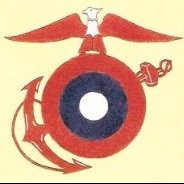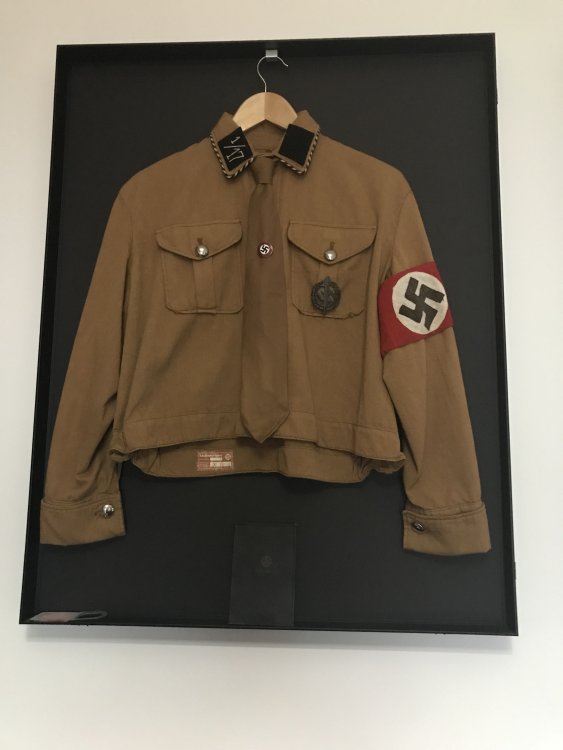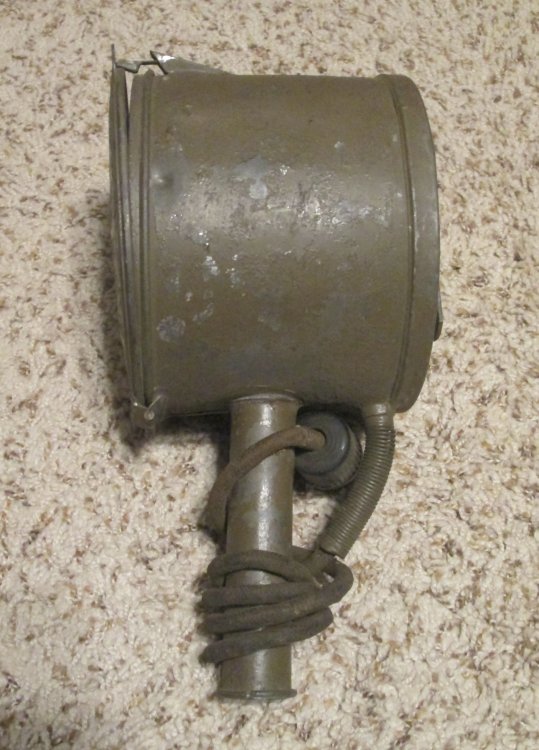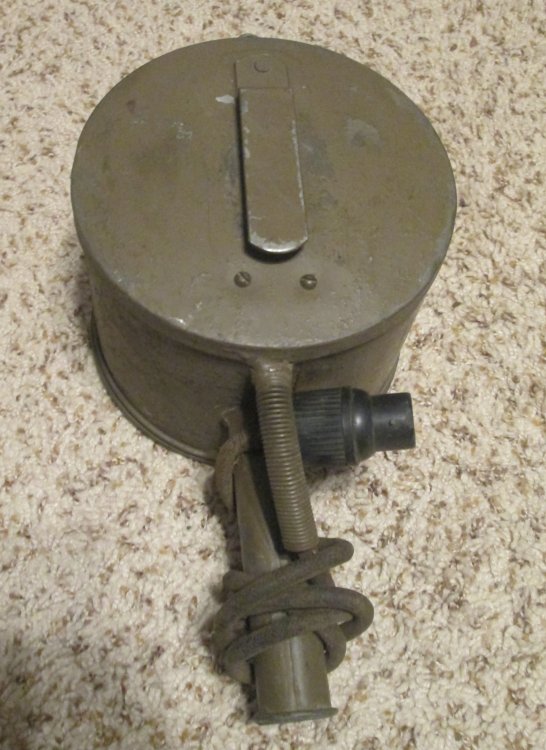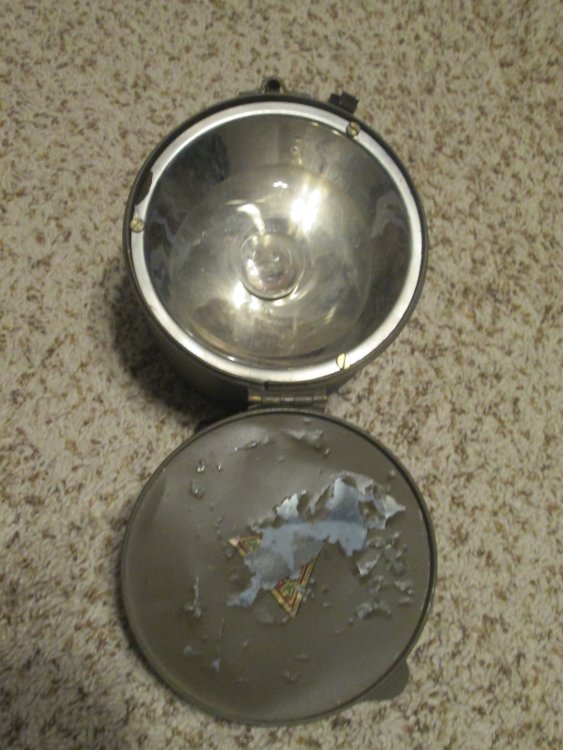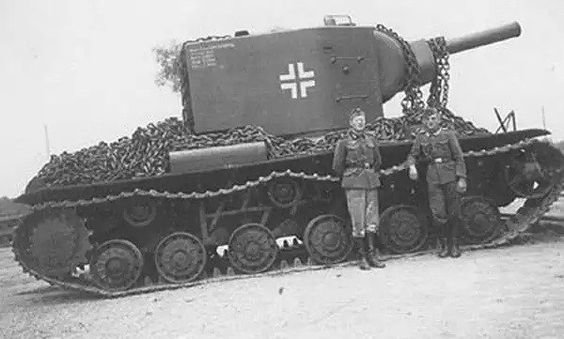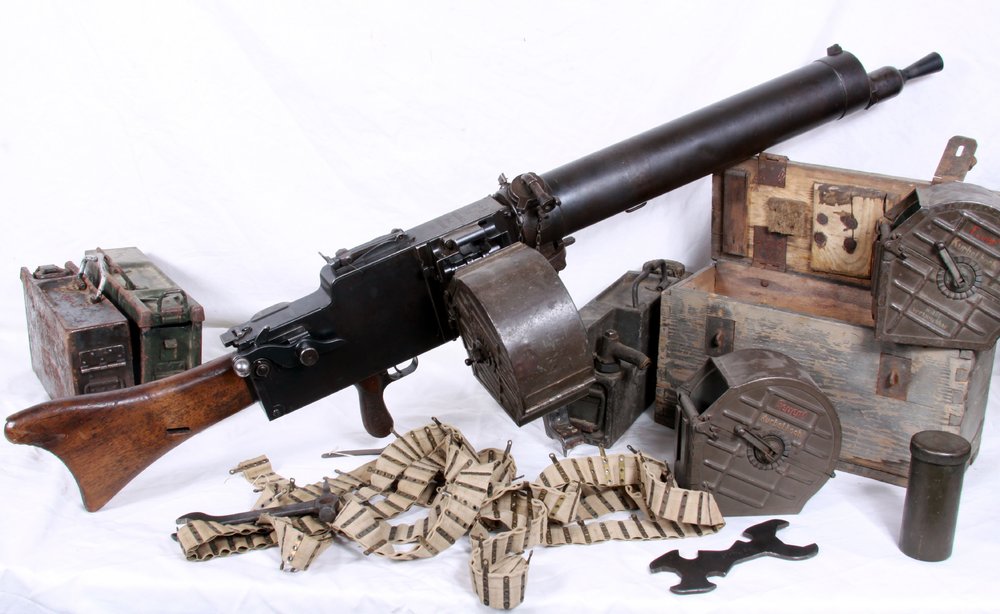Leaderboard
Popular Content
Showing content with the highest reputation since 21/04/12 in all areas
-
Here is my Deactivated WW1 Lewis Gun, this particular version was made for the Belgian Army, under contract from the Birmingham Small Arms Company (B.S.A.) in Birmingham, England. Although the Belgians did have a factory (Armes Automatiques Lewis Company at Liege) they did not make very many as most of Belgium was overrun by the Germans. The British could make 6 Lewis guns for the time and cost of making a single Vickers Machine gun. B.S.A. produced a total of 145,397 Lewis guns during World War I. The sling is a modern reproduction as real slings are extremely hard to come by. Original slings had the padding made from asbestos, so this one has a synthetic padded area that simulates the look. This weapon weighed in at 28 pounds and a fully loaded 47-round magazine was 4 pounds. Still a relatively light weapon compared to the static mounted machine guns like the U.S. made vickers (M1915) which weighed 42 pounds for the gun and another 56 pounds for the tripod. Maxim Machine guns weighed about 75 pounds as well. The big advantage of this weapon was its portability, it could be operated by a single soldier, and keep up with the infantry advances. These light machine guns were prized by the Germans who often would capture them and use them against the Allies.10 points
-
Here is a Bulgarian M36 Helmet, type C, which was the last version to be produced. Initially these helmets were made abroad, but machinery was moved to Bulgaria to allow for domestic production. The type C was introduced in 1939 and is the most numerous of the various models. The helmet is somewhat similar to the German helmets, but smaller, lighter, and a shorter brim. This particular helmet at a size 54, with the original liner, but missing the chinstrap. I found this at a local estate sale, and it was a cheap pickup.8 points
-
Here is my latest find, a VB Launcher for the US M1917 Enfield rifle. This is the twist on type, with a metal spring band to hold the sight and muzzle firmly while in operation. Un-Dug examples are very hard to find. Near the muzzle of the launcher you can see a knurled band, this was so that soldiers could feel the difference at night or in dark conditions. This version and the version for the M1903 Springfield are virtually identical, the M1903 does not have the knurled band however.8 points
-
From my collection are pictures of my Sold-Libellen KM-2 sextant with its original metal storage box. This sextant was manufactured for the Kriegsmarine by C.Plath. The SOLD KM-2 was developed for navigational use aboard U-boats and S-boats at night and/or in poor weather conditions when horizon not visible. For an in-depth review of this type of sextant, visit the link https://sextantbook.com/2013/11/04/the-sold-km2-bubble-sextant/. A view of KM-2 stored in its metal metal box. Note several accessories from the storage box are missing, but the original inventory label is present on inside of one of the two lids (not pictured). Top of metal storage box with access secured with side latches. The handle sides of KM-2 Sextant were the identification plate was once mounted but removed. View of the dial side of KM-2 sextant. The plate on dial is marked J.B., indiscernible mark, Geprütt Deutsche Seewarte (German Naval Observatory). Another view of dial side of KM-2 sextant. Topside view KM-2 sexton.7 points
-
7 points
-
7 points
-
7 points
-
7 points
-
7 points
-
7 points
-
Hi John333, It took me a long time to find a DECENT Ostfront medal. My advice would be to go for the shown medal if the price is reasonable to you as it is quite a nice example. Especially as it has a makers mark on the suspension ring. You can always keep looking for a better conditioned one and upgrade at a later date. So, if you don't have one yet, go for this one with an eye to upgrade at some point in the future. REALLY GOOD examples of this badge do not come up very often, and when they do they are snapped up quickly!7 points
-
7 points
-
Fritz: The answer to your question "I assume the buttons on the leather crew jacket are probably of gilded glass? " is "No." All the buttons on the black leather jacket in my collection are of two-piece metal construction with a fouled anchor gilt front and the backs are marked BESONDERS HALTBAR 'Particularly Durable' with makers symbol. A black leather jacket like mine with gilt fouled anchor buttons can be seen below on page 263 of Volume 2, Die Kriegsmarine Uniforms and Traditions by John R. Angolia and Adolf Schlicht. Pictured below is the back of a two-piece metal fouled anchor button on my black leather jacket. Note that various manufactured produced buttons that were used in making black leather jackets for the Kriegsmarine. Along with my black leather jacket having metal gilt buttons pictured below, note that this jacket has the Kriegsmarine ordnance mark (Eagle over M) between two fouled anchor buttons. The Kriegsmarine proof mark like the one on my jacket is pictured below on page 265 of Volume 2, Die Kriegsmarine Uniforms and Traditions by John R. Angolia and Adolf Schlicht. The collar of the neck was closed up by a metal clasp like the one below on my jacket. Note the front corner of the low standing collar are rounded and the button holes are reenforced with a narrow leather trim. Pictured is the interior of my jacket, which is lined with wool. Also I have enclosed a picture of the back of this jacket. For further information I havedenclosed page 288 of Deutche Kriegsmarine Uniforms, Insignia and Equipment of the German Navy 1933-1945 by Eduardo Delgado.7 points
-
Hi Eddie, I'm afraid the serial number is just a batch number so would not identify the U boat. Sometimes you will find the letter N which would identify them as belonging to the German Navy North Sea Fleet. Sorry can't help much more. Here is a list of the makers codes but no list of serial numbers as far as I'm aware. b e h ERNST LEITZ. WETZLAR GERMANY b e k HENSOLDT WERK FUR OPTIK UND MECHANIK HERBORN GERMANY b l c CARL ZEISS, MILITARABTEILUNG JENA JENA GERMANY b m h JIRASEK (not in Walter) PRAGUE CZECH b m j M. HENSOLDT & SOHNE, A.G. WETZLAR GERMANY b m t C. A. STEINHEIL SOHNE, GmbH MUNICH GERMANY b p d C. P. GOERZ, GmbH VIENNA AUSTRIA b v f C. REICHERT VIENNA AUSTRIA b y g JOH. WYKSEN, K.G. KATTOWITZ POLAND b z z I.G.-FARBENINDUSTRIE, CAMERAWERK MUNICH GERMANY c a d KARL KAHLES (telescopic sights) VIENNA AUSTRIA c a g D. SWAROVSKI WATTENS/TIROL AUSTRIA c a u KODAK AKTIENGESELLSCHAFT, DR. NAGEL WERK STUTTGART GERMANY c c x OPTISCHE UND FEINMECHANISCHE WERKE, HUGO MEYER & CO. GOERLITZ GERMANY c l b DR. F. A. WOHLER KASSEL GERMANY c l n ED. SPRENGER BERLIN GERMANY c r h FRANZ SCHMIDT & HAENSCH BERLIN GERMANY c r n HANSEATISCHE WERKSTATTEN FUR FEINMECHANIK UND OPTIK, FRIEDRICHS & Co. HAMBURG GERMANY c r o R. FUESS, formerly J. G. GREINER & GEISSLER BERLIN GERMANY c x n EMIL BUSCH, A.G. RATHENOW GERMANY d d v OCULUS (optometrist equipment, possibly gunsights) BERLIN GERMANY d d x VOIGTLAENDER & SOHN, A.G. BRAUNSCHWEIG GERMANY d k l JOSEF SCHNEIDER KREUZNACH GERMANY d o q DEUTSCHE SPIEGELGLAS A.G. (telescopes, lenses) LEINE GERMANY d o w WAFFENWERKE BRUNN A.G. (1943-OPTICOTECHNA GmbH) PRERAU CZECH. d p g ADOX KAMERAWERK GmbH (cameras) WIESBADEN GERMANY d p v ZEISS IKON A.G. DRESDEN GERMANY d p w ZEISS IKON A.G. GOERZWERK BERLIN GERMANY d p x ZEISS IKON A.G., CONTESSAWERK STUTTGART GERMANY d y m RUNGE & KAULFUSS RATHENOW GERMANY d y s HEINRICH ZEISS, UNIONZEISS K.G. ('apparently optical' BERLIN GERMANY d z l OPTISCHE ANSTALT OIGEE GmbH BERLIN GERMANY e a f MECHANOPTIK GESELLSCHAFT FUR PRAZISIONSTECHNIK, AUDE & REIPERT BABELSBERG GERMANY e a w R. WINKEL GmbH GOETTINGEN GERMANY e e d KURBI & NIGGELOH (photographic equipment) RADEVORMWALD GERMANY e s o G. RODENSTOCK MUNICH GERMANY e s u STEINHEIL SOHNE GmbH (telescopes & optics) MUNICH GERMANY e u g OPTISCHE PRAZISIONS WERKE GmbH WARSAW POLAND f c o SENDLINGER OPTISCHE GLASWERKE GmbH BERLIN GERMANY f j t PHOTOGRAMMETRIE GmbH (aerial recon. cameras) MUNICH GERMANY f l n FRANZ RAPSCH A.G. (sights, often subcontractor to Busch) RATHENOW GERMANY f v s SPINDLER & HOYER K.G. GOTTINGEN GERMANY f v x BECK & SOHNE KASSEL GERMANY f w r OPTISCHE ANSTALT SAALFELD GmbH SAALFELD GERMANY f x p HANS KOLLMORGEN GmbH BERLIN GERMANY g a g F. MOLLENKOPF STUTTGART GERMANY g k p RUF & Co., formerly CARL SCHUTZ KASSEL GERMANY g u g UNGARNISCHE OPTISCHE WERKE A.G. BUDAPEST HUNGARY g u j WERNER D. KUEHN BERLIN GERMANY g w v ERNST PLANK NURNBERG GERMANY g x l FRANKE & HEIDECKE (photographic equipment) BRAUNSCHWEIG GERMANY g x p HOMRICH & SOHN (photographic equipment) h d v OPTISCHE WERK OSTERODE GmbH OSTERODE GERMANY h f o VALENTIN LINHOF OHG (photographic equipment) MUNICH GERMANY h k m CARL BRAUN KG NURNBERG GERMANY h n a KORELLE WERKE, G.H. BRANDTMANN & Co. (photographic) DRESDEN GERMANY h r w HOH & HAHNE (photographic reproduction equipment) LEIPZIG GERMANY h w t IHAGEE KAMERAWERK, STEENBERGEN & Co. (cameras) DRESDEN GERMANY h x h A. KRUSS HAMBURG GERMANY j f n TETENAL PHOTOWERK, Dr. TRIEPEL, K.G. (photographic equipment) BERLIN GERMANY j f p DR. CARL LEISS BERLIN GERMANY j n h F. TUTEMANN (lens holders & optical equipment) LUDENSCHEID GERMANY j o n VOIGTLANDER-GEVAERT (cameras) BERLIN GERMANY j u x NEDINSCO, NEDERLANDSCHE INSTRUMENTEN, (vehicle & aircraft instruments?) VENLO NETHERLANDS j v e ERNST LUDWIG WEIXDORF GERMANY j x n HELMUT KORTH BERLIN GERMANY k h c OTTO HIMMLER (microscopes, optical equipment) BERLIN GERMANY k l n ERNST & WILHELM BERTRAM (photographic equipment) MUNICH GERMANY k n a DER ROBOT, BERNING & Co., K.G. (photographic equipment) DUSSELDORF GERMANY k q c JOS. SCHNEIDER & Co., K.G. GOETTINGEN GERMANY k r q EMIL BUSCH A.G. (assembled from foreign components) RATHENOW GERMANY k w c GAMMA FEINMECHANISCHE & OPTISCHE WERKE BUDAPEST HUNGARY k x v A. JACKENROLL GmbH BERLIN GERMANY l a e HEINRICH ZEISS, UNION ZEISS K.G. GOSTINGEN l f n REFLEKTA-KAMERAFABRIK, C. RICHTER (cameras) THARANDT GERMANY l m q CARL ZEISS (assembled from foreign components) JENA GERMANY l w g OPTISCHE WERKE OSTERODE GmbH (assembled from foreign components) OSTERODE GERMANY l w w HUET ET CIE PARIS FRANCE l w x OPTIQUE ET PRECISION DE LEVALLOIS, PARIS LEVALLOIS-PERRET FRANCE l w y SOCIETE OPTIQUE ET MECANIQUE DE HAUTE PRECISION PARIS FRANCE m b v I.G. FARBENINDUSTRIE, A.G.; AGFA (cameras) BERLIN GERMANY m c a FOTOWERK, Dr. C. SCHLEUSSNER, GmbH (photographic equipment) FRANKFURT GERMANY m t q PHOTOCHEMISCHE FABRIK ROLAND RISSE GmbH (photographic equipment) FLORSHEIM GERMANY m t r VOIGTLANDER & SOHN, A.G. (cameras) BERLIN GERMANY m t u A. LORENZ (MTU also used for AEG electrical equipment) GUTENFELD m t v A. LORENZ DRESDEN GERMANY n m s RICHARD HOLZ BERLIN GERMANY n x t S.A.I. OTTICO MECCANICA E RILEVAMENTI AEROFOTOGRAMMETRICI (stereoscopic aerial photography equipment) ROME ITALY o c p AKTOPHOT GmbH (photographic equipment) PRAG-SABECHTLITZ o c v W. KLAZAR (precision engineering; reportedly photographic equipment) PRAG o k c HAUFF A.G. (photographic equipment) STUTTGART GERMANY p v f C. REICHERT VIENNA AUSTRIA r l n CARL ZEISS JENA GERMANY A.G. = AKTIENGESELLSCHAFT; JOINT STOCK COMPANY GmbH = GESELLSCHAFT MIT BESCHRANKTER HAFTUNG; LIMITED COMPANY I.G. = INTERRESENGEMEINSCHAFT; UNION OF INTERESTS K.G. = KOMMANDITGESELLSCHAFT; LIMITED PARTNERSHIP OHG = OFFENE HANDELSGESELLSCHAFT; PRIVATE FIRM (literally, 'open trading company')7 points
-
Hello all Another new member seeking Historical WWII information. I recently inherited some German WWII memorabilia from a close family friend whose husband just passed away. They emigrated here to Canada in 1980. Their parents and relatives were part of the war effort in Germany during WWII. Her father was in the Luftwaffe and his items are displayed en mass in one photo. Her uncle was in the 5th SS Wiking division and his items are in the second and third photo's. I will be receiving more information and possibly photos when she receives them from her mother who is still alive in Germany. I am not an expert on these types of items however I do have a keen interest in WWII Hx. Any info or referencing to other sources would be hugely appreciated. I am looking to preserve these items in frame along with my families war memorabilia from that era. Thanking you all in advance.7 points
-
7 points
-
7 points
-
7 points
-
7 points
-
7 points
-
7 points
-
7 points
-
7 points
-
6 points
-
6 points
-
Shown is the Sägebajonett Mod. 1914, or sawback bayonet Model 1914. This one was made by Waffenfabrik Neuhausen. These were used on the K11 carbines and the K31 rifles and used by specialist troops such as engineers, and artillery troops. A very long blade at 480mm, with a total length of 610mm, this one is still quite sharp as well.6 points
-
This is a pretty rare grouping with two Queen Carola Medals Saxony War Merit Cross, Civil Merit Medal - Knight’s Cross 1st class, Carola Medal in gold, Carola Medal in silver and Prussian Red Cross medal 2nd class. Carola-Medaille was instituted on 17 Sep 1892 by King Albert on the occasion of the 25th anniversary of the Albert club, whose patron was Queen Carola. The Medal was awarded for charity during the war and in the peacetime. Awarded in three classes: gold, silver and bronze. Totals awarded - first type: 46 gold, 1000 silver and 1000 bronze; second type: 6 gold, 300 silver and 860 bronze. Diameter - first type - 27.9 mm, second type - 27.95 mm.6 points
-
I am a keen collector of dog tags. One thing I like to see on them is wear on either side of the 2 holes that the owners chord went through. Made of soft metal so often showed signs of wear after prolonged use. Good fakers will of course be aware of this, but encourages me when I see it. ***** this is not posted as a Panzer dog tag! The clue being in the RAD! Posted only as an example of the wear described above.!*********6 points
-
Holy smokes what a rabbit hole, your experience here has been invaluable and I hope my example might help others. The silver test did tarnish so I think that's a plus - but I can't see this as 100% genuine at this point, thanks again. I now have larger concerns about a recently visited store in the UK too, as this isn't the first strike out!6 points
-
Here is my newly completed WW1 French replica trench periscope rifle. The periscope is original, the rest is newly made. This was based upon period photo's as I could not find anyone with a real one for detailed examination. However this one functions just as a real one should, last image is of a period model. Trench periscope assemblies are very difficult to find today, and I am lucky enough to have one original (German model).6 points
-
Hello, I would like to share with you one small group I have from a Saxon officer who received medals from Hesse. Leutnant d. R. Otto Steinmetz from IR 107. He received the following medals : - knight cross of St Henry of Saxe - knight cross 2nd class with swords of Albert of Saxe - iron cross 2nd class - the general honor decoration for bravery of Hesse-Darmstadt - iron cross 1st class - the warrior's honor decoration in iron of Hesse-Darmstadt6 points
-
6 points
-
All: The next three posts will provide a few of the many examples of propaganda in my Kriegsmarine collection. Booklets, magazines, postcards, and other forms of propaganda were provided to glorify Germany's naval exploits, encourage recruitment, and lift moral to further an agenda. Note that I take care to archive/protect all pieces in my collection, especially paper and cloth. Please do not post any written response/comment on this thread until I have completed the next three post, thank you. Best regards, John R.6 points
-
Pictured are my 'Eiserne Kreus II. Klasse (EKII)' Iron Cross Second Class (right) and an 'Eiserne Kreus I .Klasse (EKI)' Iron Cross First Class (left). As you probably know, these awards were presented to a serviceman of the German Armed Forces for an act of valor in combat. Both crosses were manufactured by the firm Rudolf Wachtler & Lange (maker mark 100). View the below video regarding the history of the German Iron Cross.6 points
-
6 points
-
6 points
-
6 points
-
I just can not imaging such a poorly designed magazine in all that mud. WW I Marines threw them away. I love this post and all the historic photos. from an old issue of American Rifleman (2012). An interesting discussion. https://www.americanrifleman.org/content/that-damned-jammed-chauchat/6 points
-
It's definitely a British Mk I helmet. I don't think FKS has been definitively pinned down, but most sources say it represents Firth & Sons Ltd. The insignia is for the US 77th Division.6 points
-
Great to see that these items have been kept together so far and tell a story - as mentioned above, the SS Wiking items are very collectable - for me though, the value is in keeping these items (and any other items related to them) together as a contemporary record.6 points
-
the obvious way to see a fake /space filler is that the original ones had cast names standing up wheras the repro's can only be engraved into. the repro specialists would not consider worth casting the name in individually on a one off basis wheras multiple casting blanks is cheaper. although you call them fakes they are being sold by dealers as space fillers while waiting for the original to come up. Collectors know but unsuspecting family members probably will not until they come to sell them. on the BMF, I keep the plaque list updated , currently there are over 3800 requests for missing plaques for collectors.6 points
-
Mine was about the £260 mark but that was without the separate fold out map. I got the map with the 42 Kalendar that I obtained from the same source. Just as an aside, the fold out maps that come with the 42 and 43 Kalendar (and in this case the 41 booklet) are different although they generally look the same. The 43 map has more coverage to the east than the previous map to include Palestine, Syria and Transjordan. It also leaves out Tunisia.6 points
-
I got the opportunity to fire a Lewis Gun several years ago. It was made by Savage in .303 caliber. Recoil wasn't bad and I found accuracy acceptable given it's purpose. The owner had four magazines, so we'd fire them and start loading magazines again. It would empty a magazine pretty fast, even firing short bursts of four to five rounds. It was a lot of fun! if a transferable Lewis came available, I'd snap it up!6 points
-
6 points
-
There are manufacturers stamps inside under the leather on splatter masks but fakes are a plenty apparently. Buyer beware.A whole gang of blacksmiths out there !6 points
-
6 points
-
Currently I have 4 lamps, which are all in working order, the 3rd lamp (L-R) is still in its original brown wrapping paper. The next image shows how the lamp connected to the boxes. These lamps had a belt clip that could be worn on the operators belt, and just hand held, however the handle was hollow allowing for a wood shaft to be used to increase elevation.6 points
-
6 points
-
Here is a good set up of the MG 018/15 with accessories. To the left of the weapon are ammo cans, with a 250 round belt in the foreground. The weapon has a 100 round drum attached and two more close to the transit box. Between the weapon and 100 round drums is the steam condenser can that was used to keep the water jacket from overheating. A hose was connected from the water jacket to this can, when the water boiled off, the steam travelled to the can and eventually would turn back to water, thus allowing for a constant source of cooling. Troops on both sides used to get a little of the boiling water out for tea and coffee. To the right and bottom is a wrench used to perform maintenance as well as to the left of the 250 round belt and soaking can for the booster on the end on the muzzle on the far right bottom.6 points
-
Here is my WW1 German Luger. It has all matching parts, except for the magazines. Serial Number 5841, made in 1918 at Erfurt. Real nice condition with the bluing covering the majority of the parts. The holster is dated 1911, so not original to this pistol, but it displays well. Very good craftsmanship, well made piece. Still shoots straight to this day.6 points







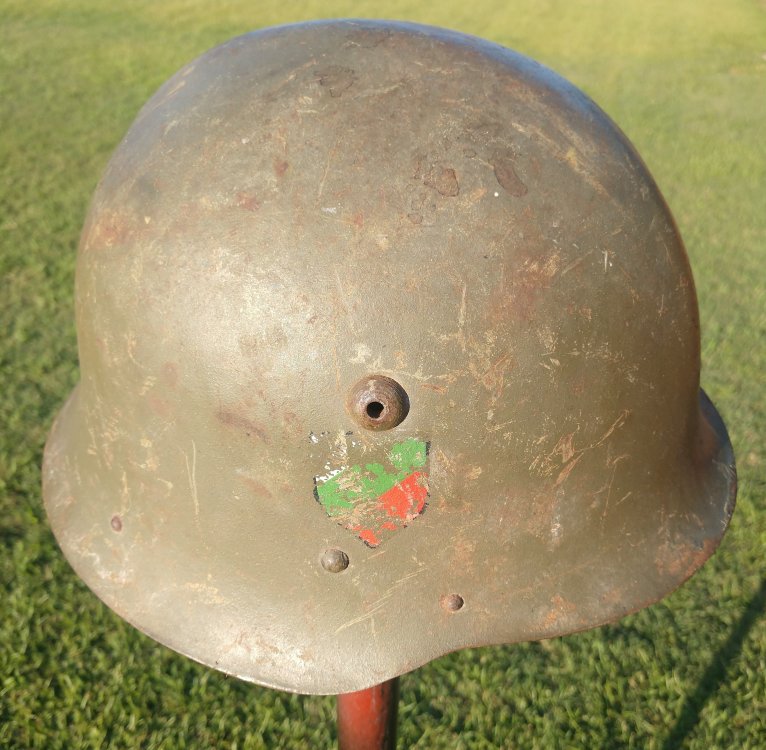
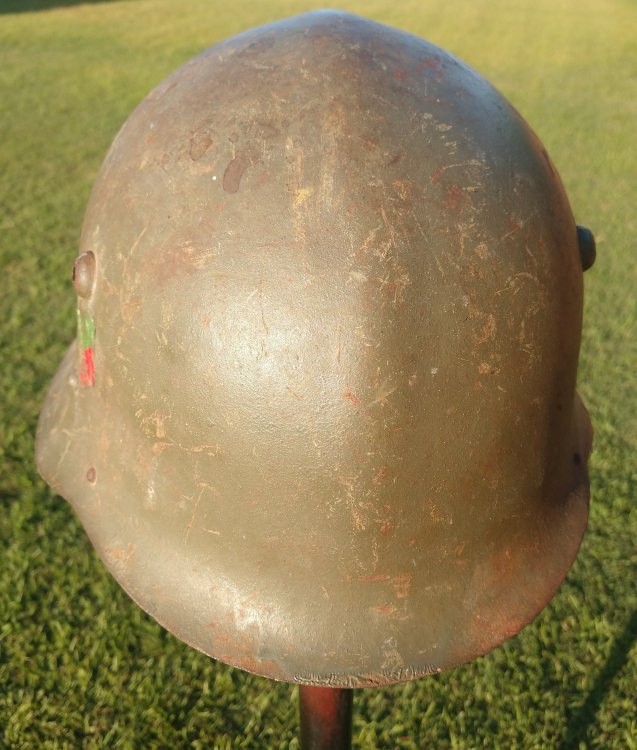
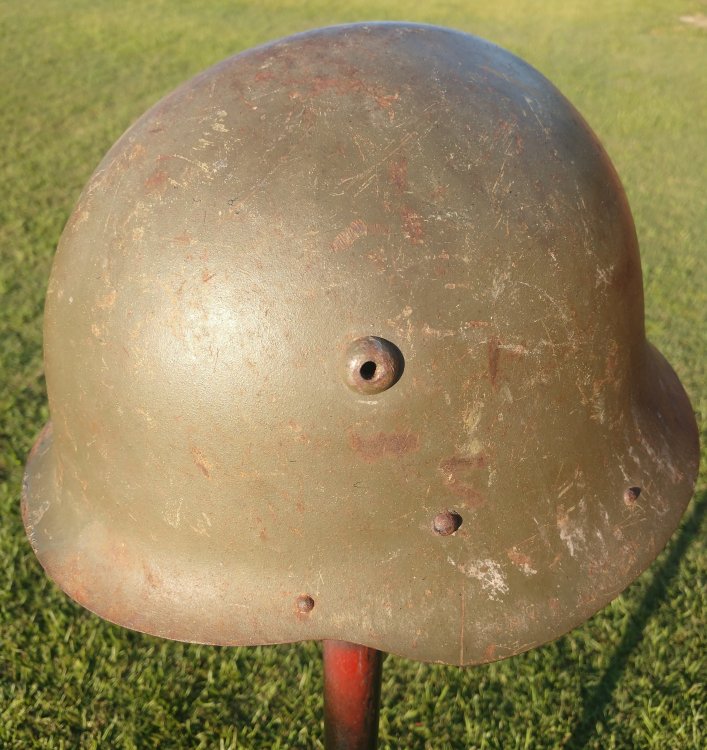
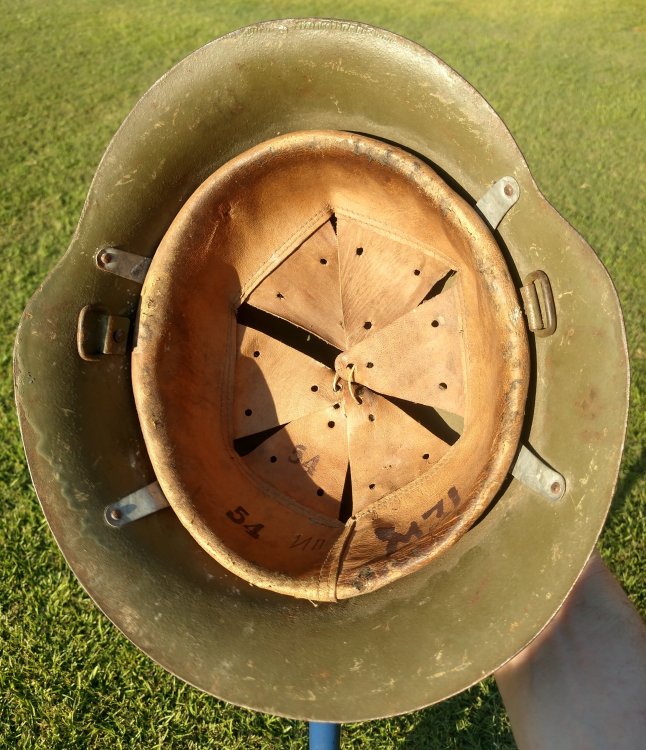
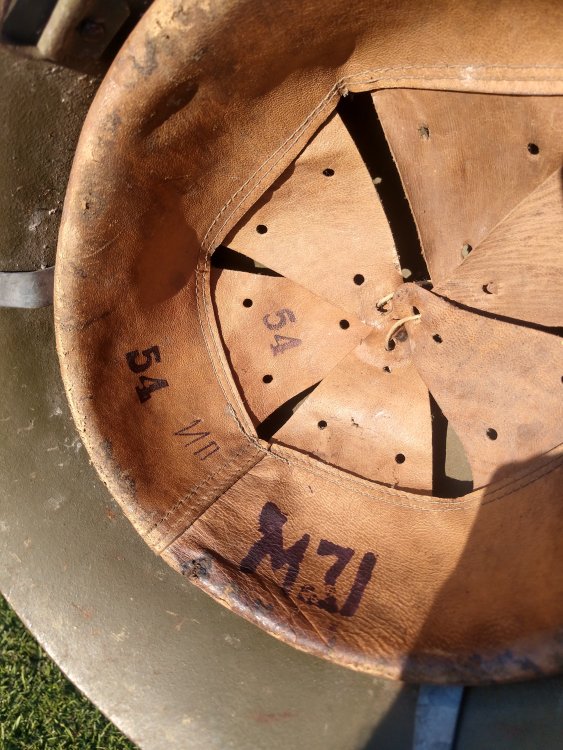

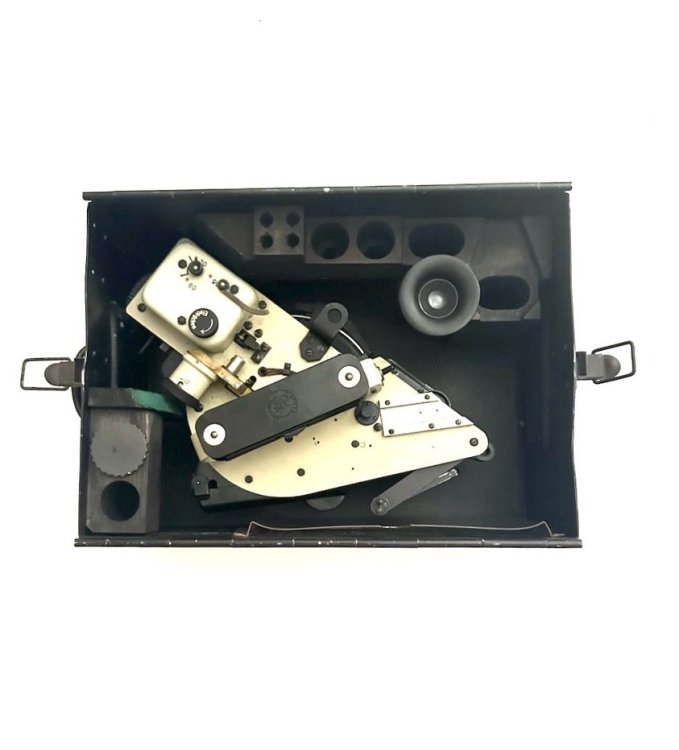
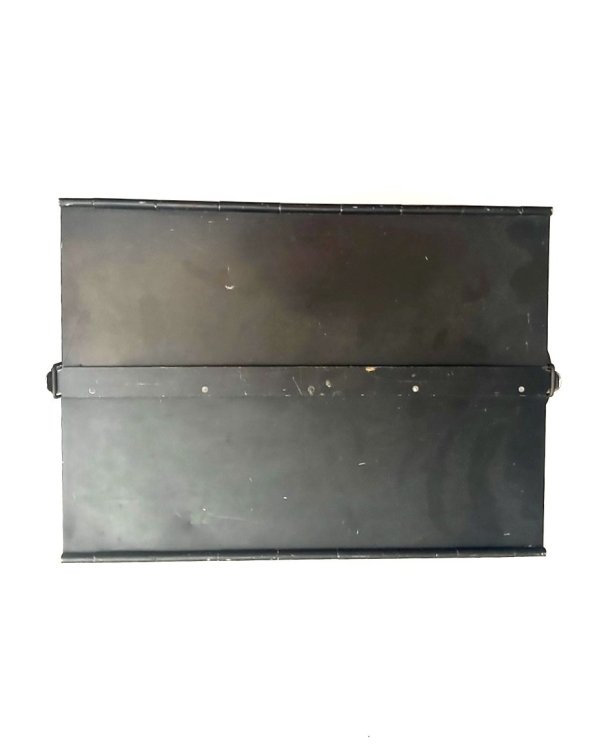
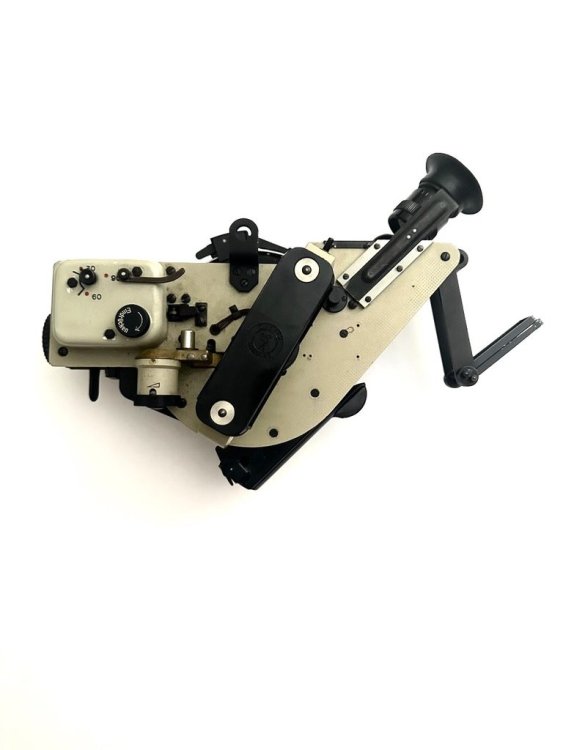
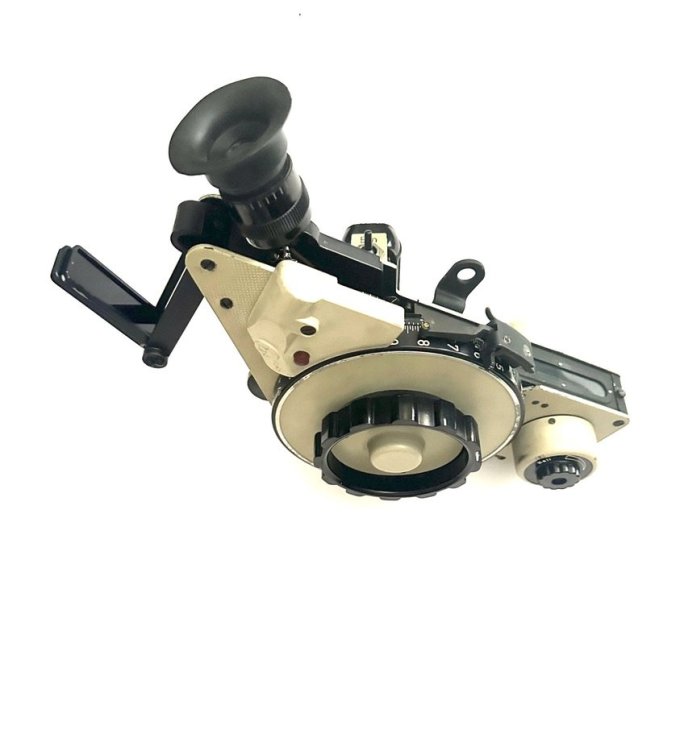
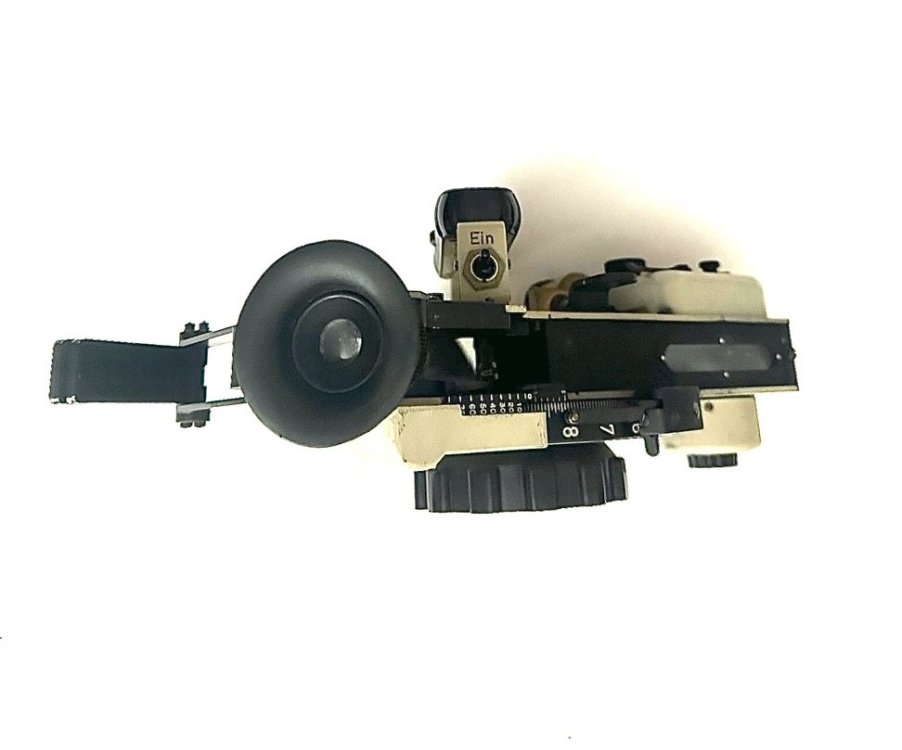

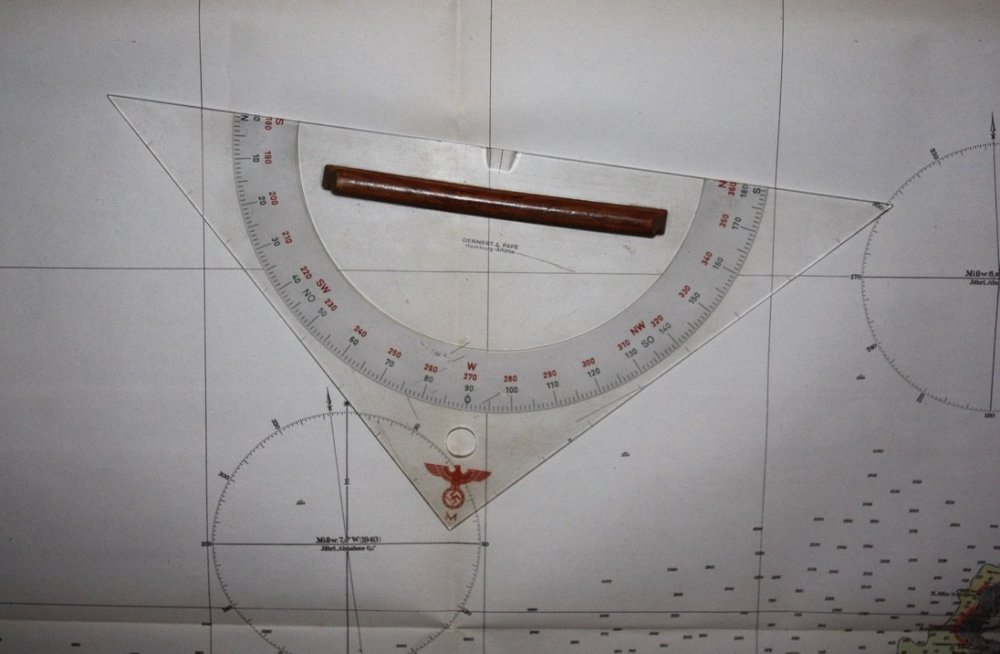

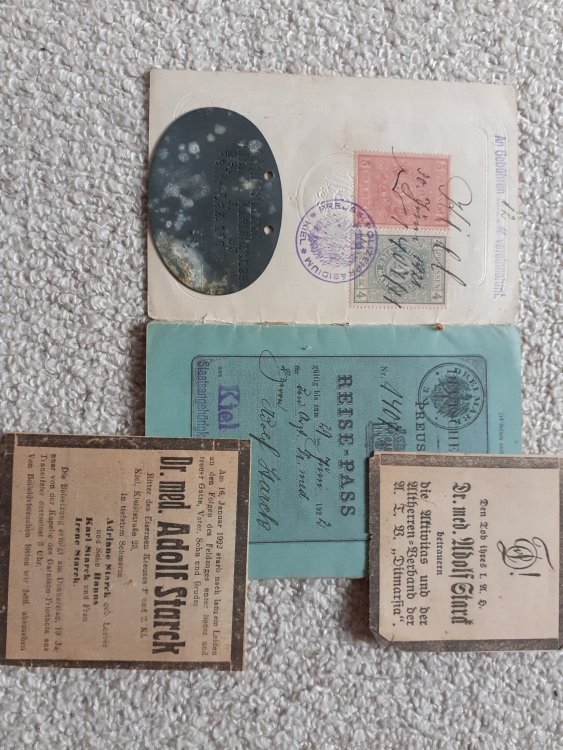
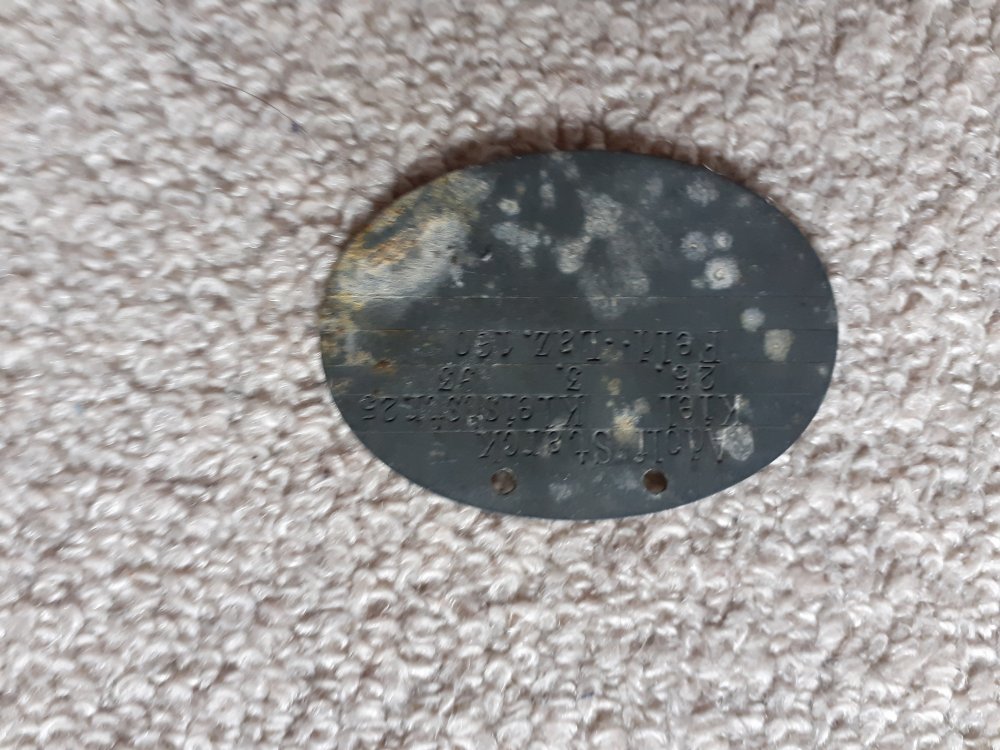
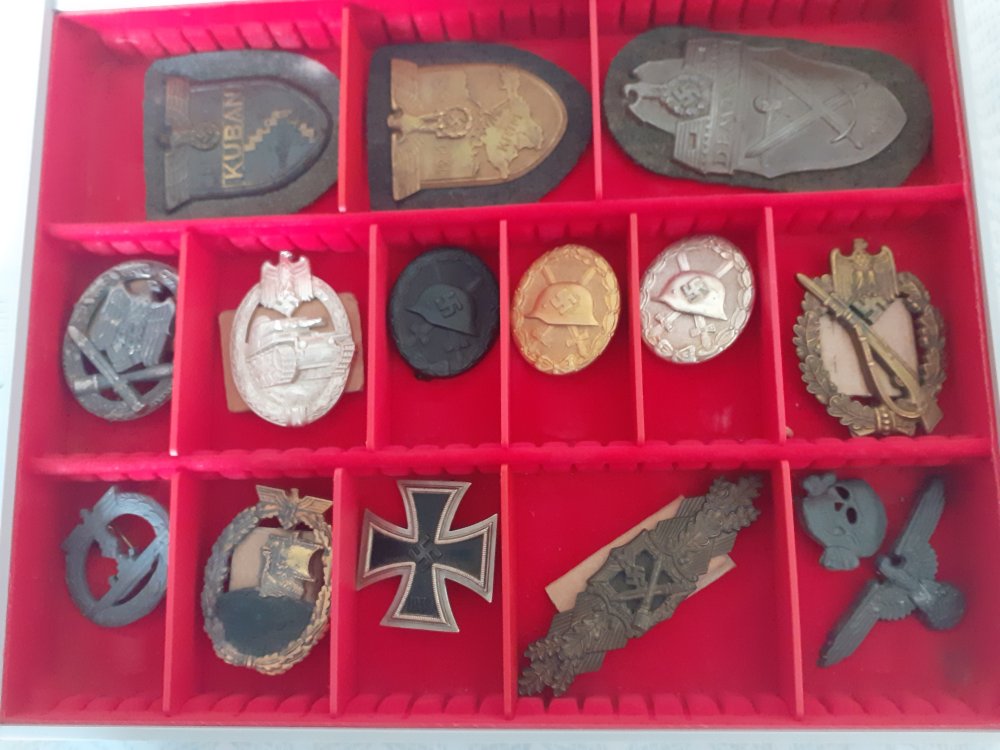
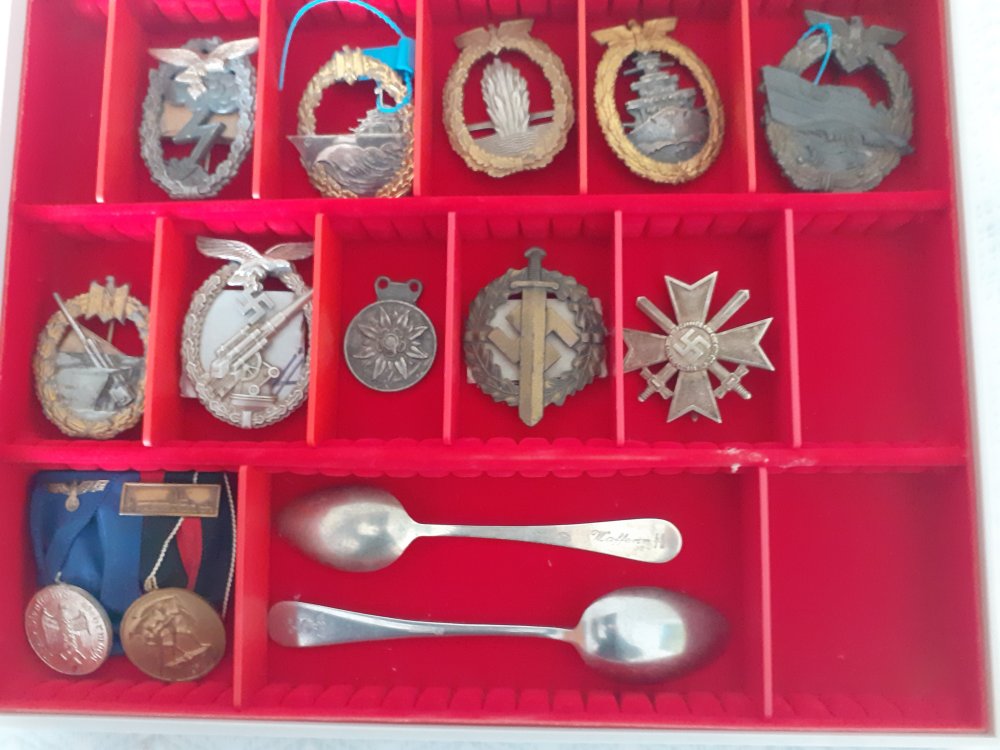
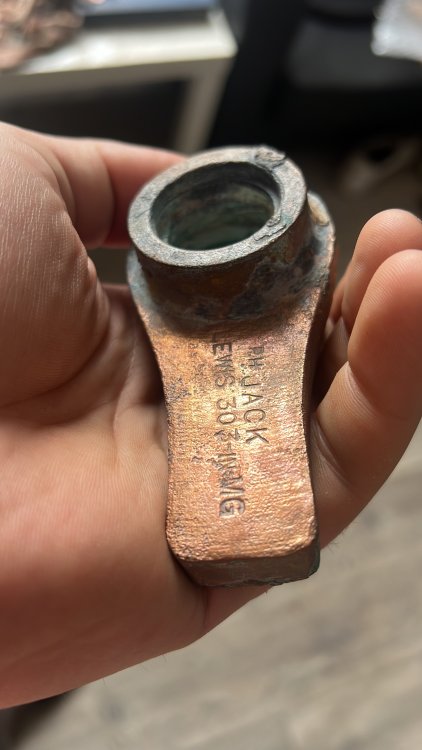
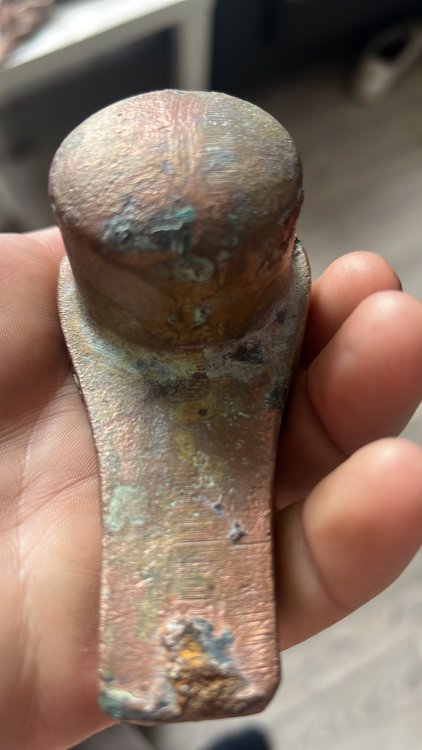
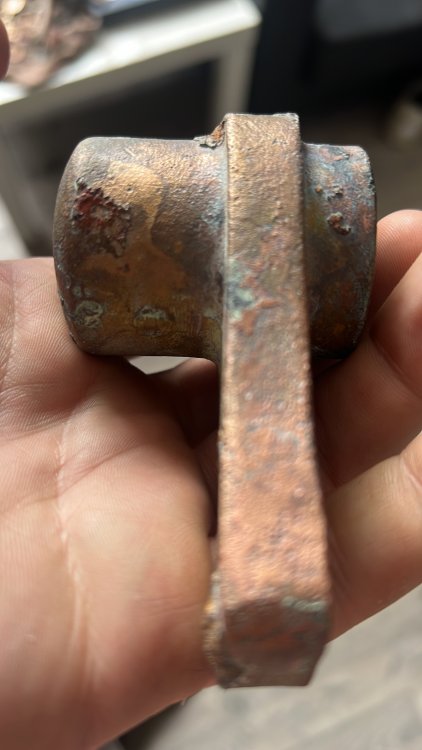
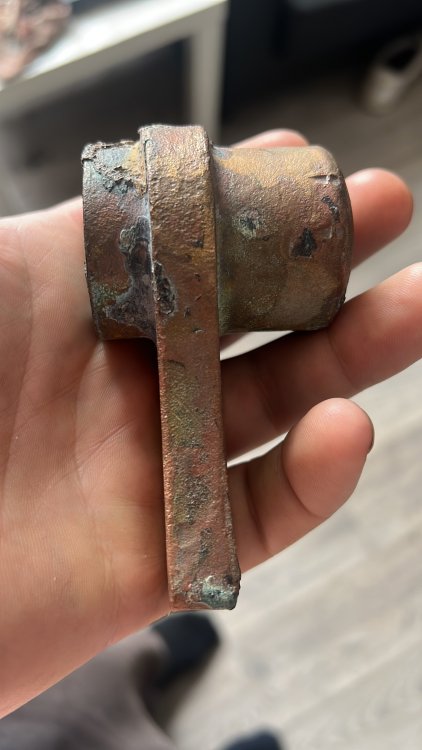
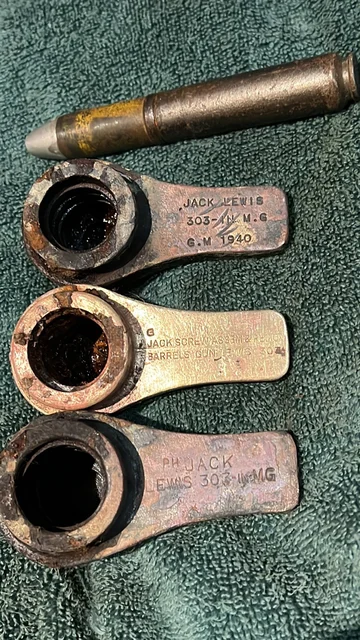
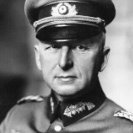
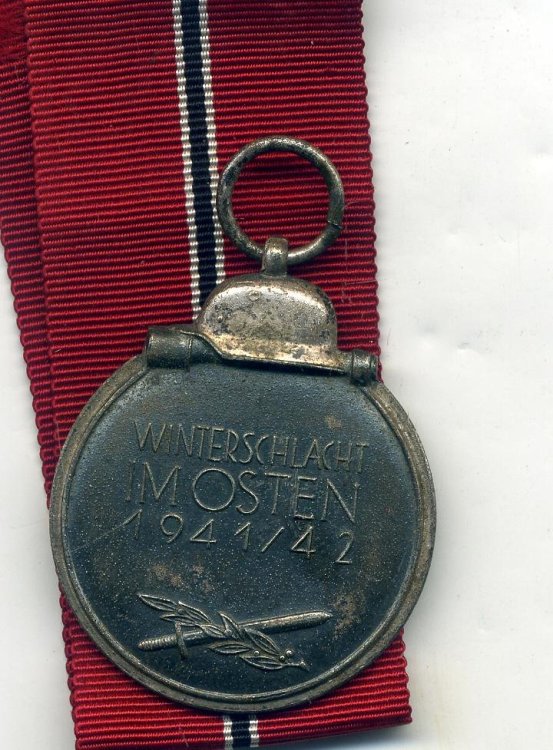

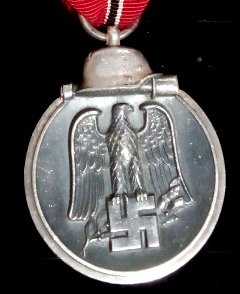
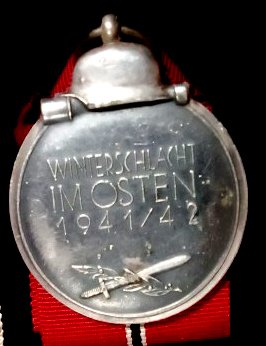
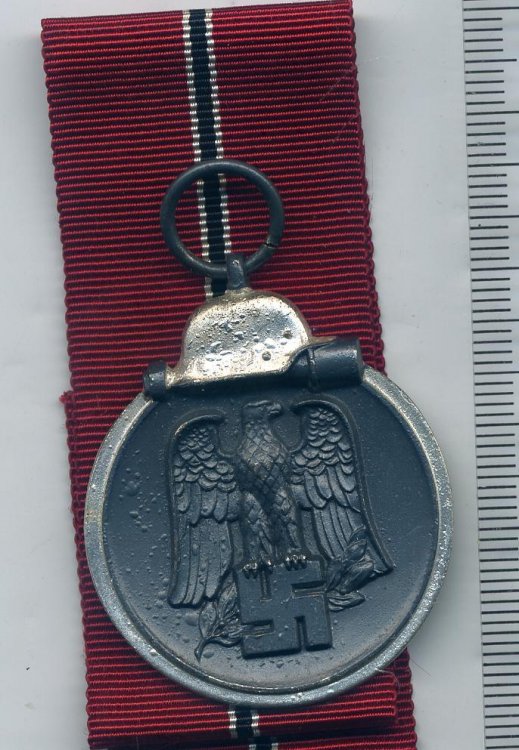
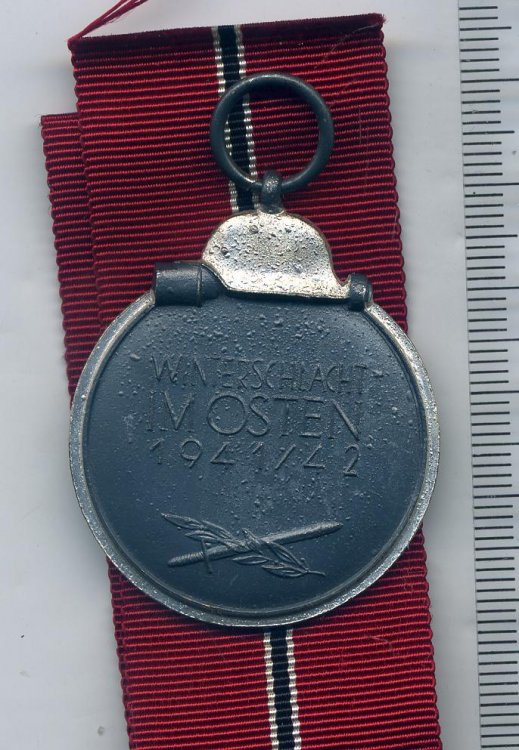
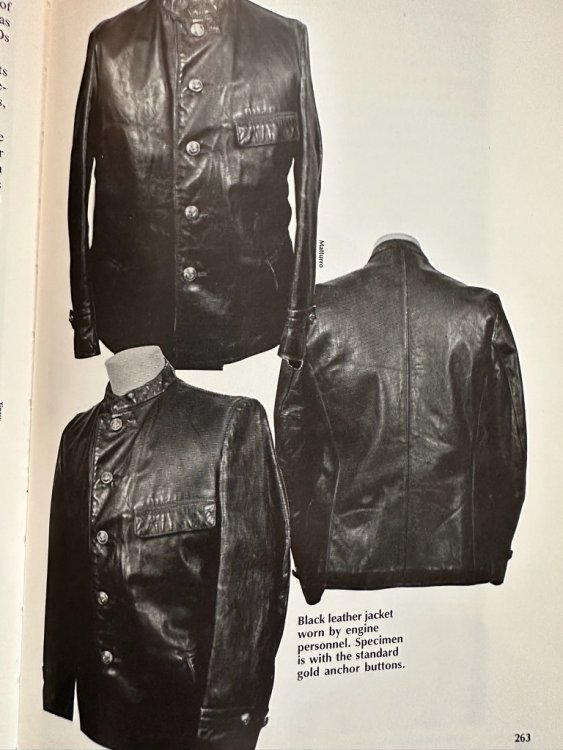
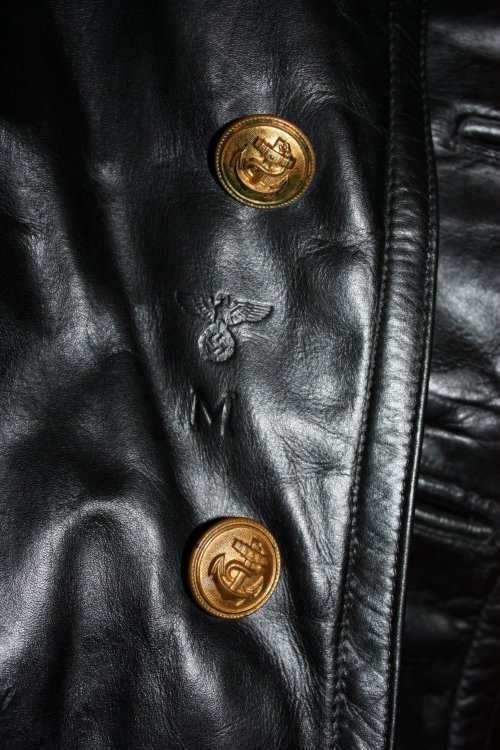
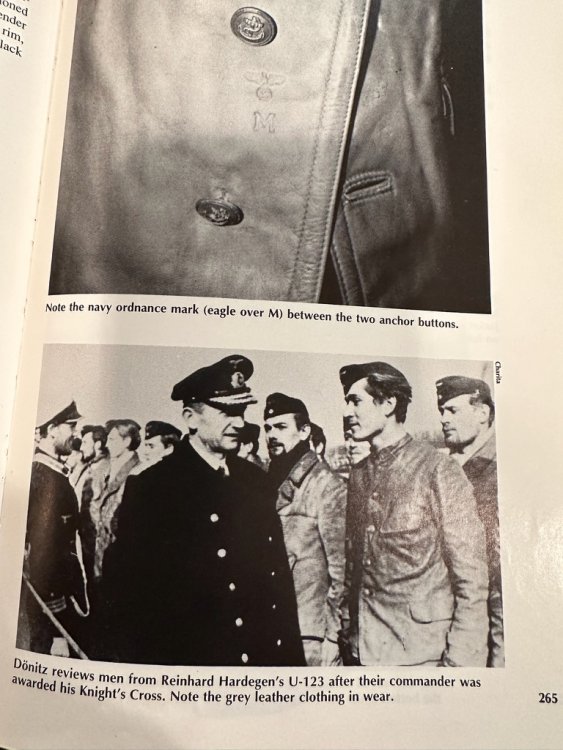
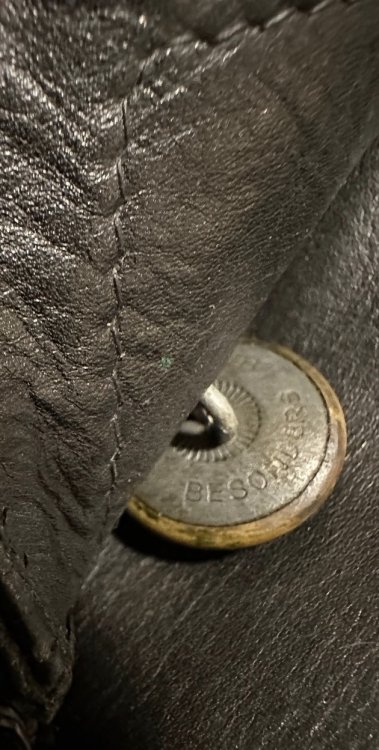
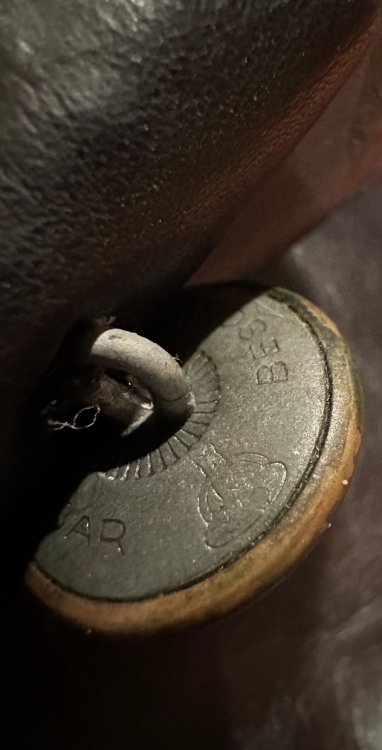
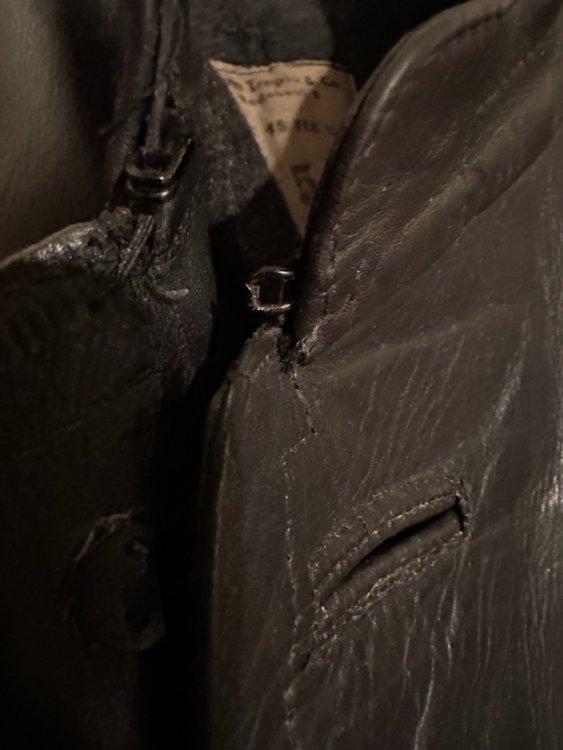
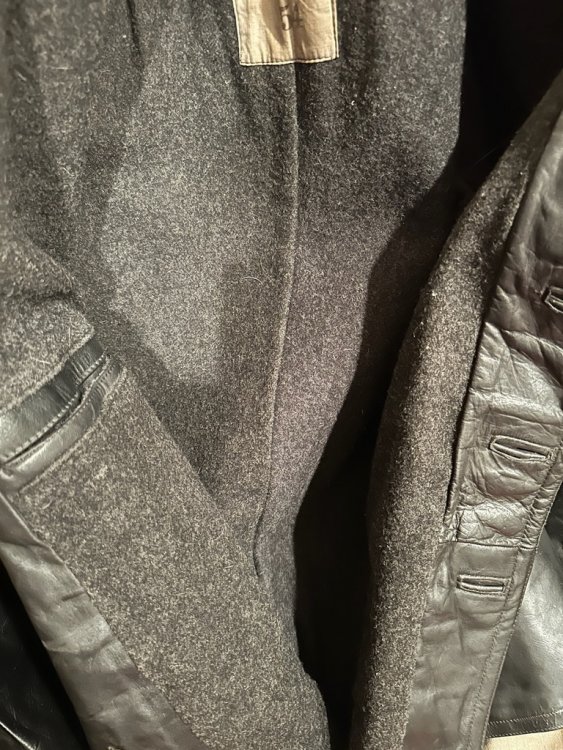
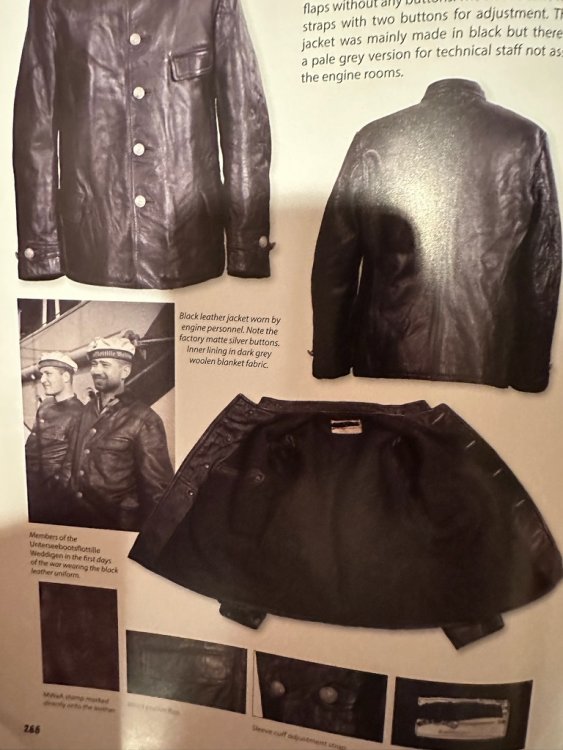
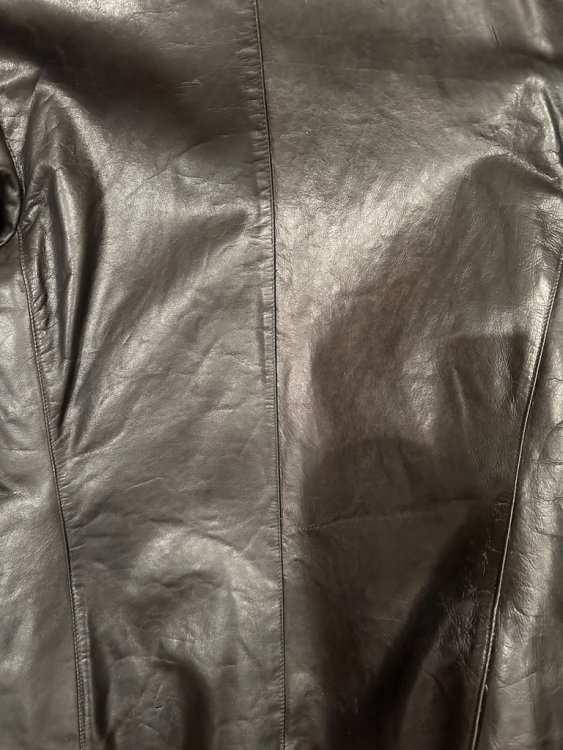
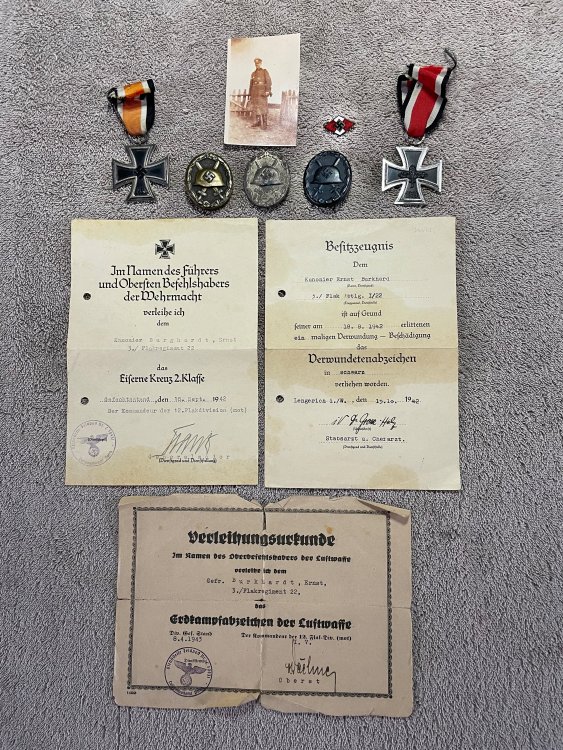
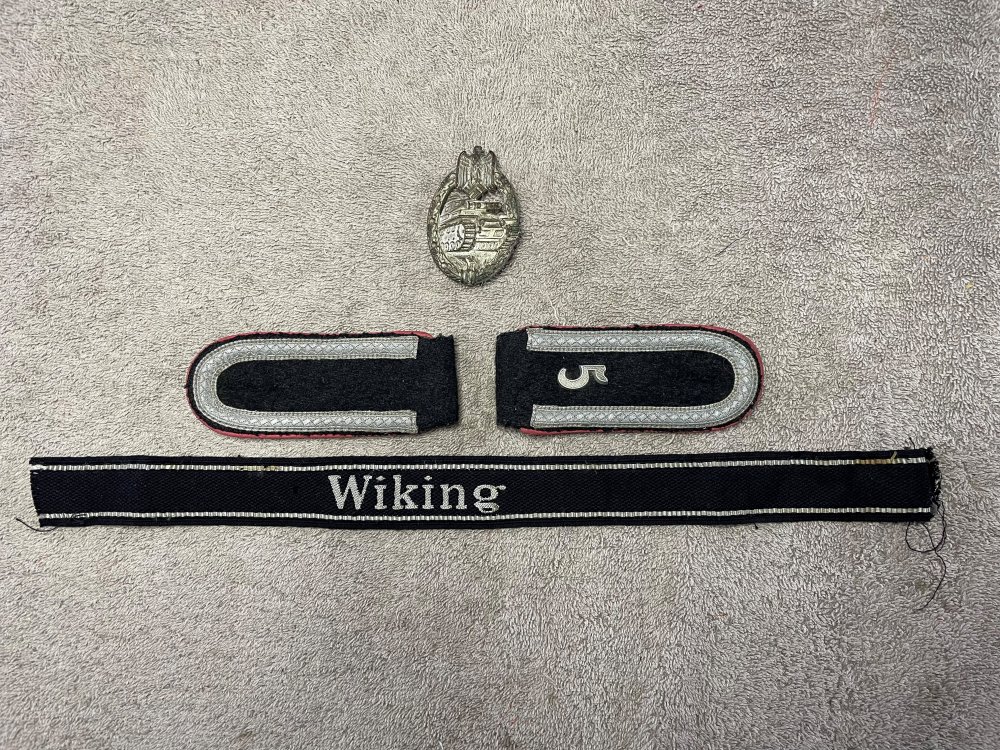
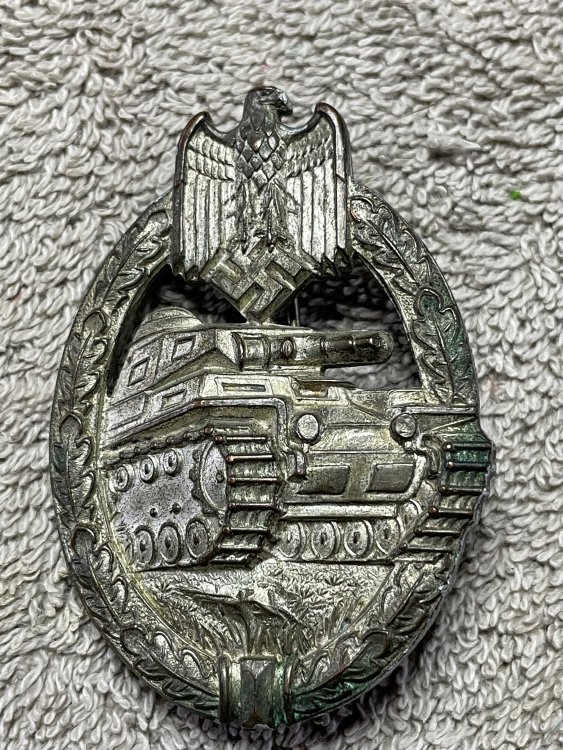
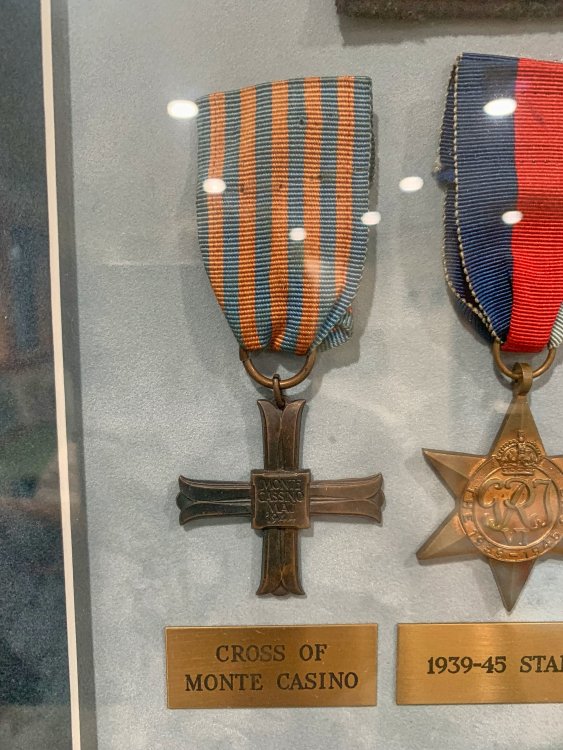
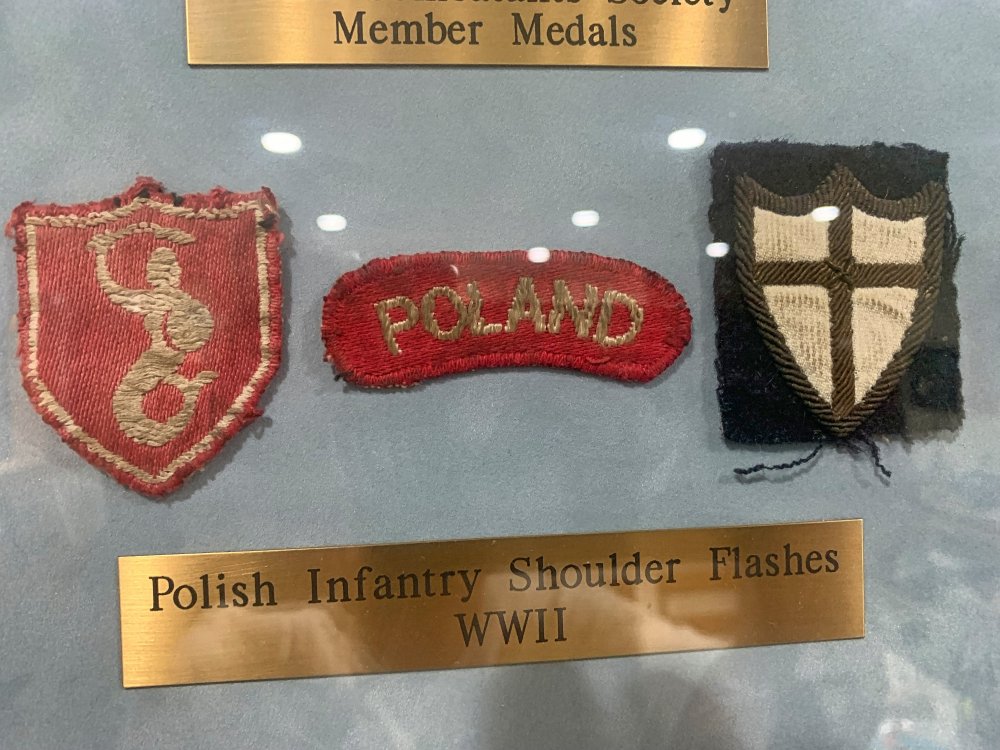
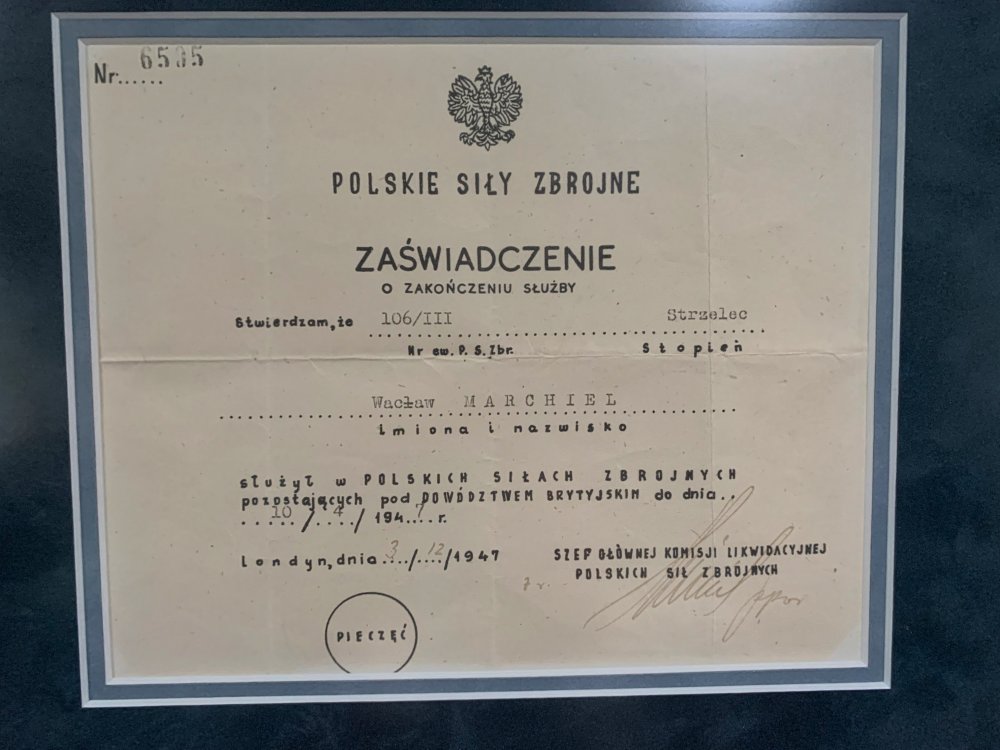
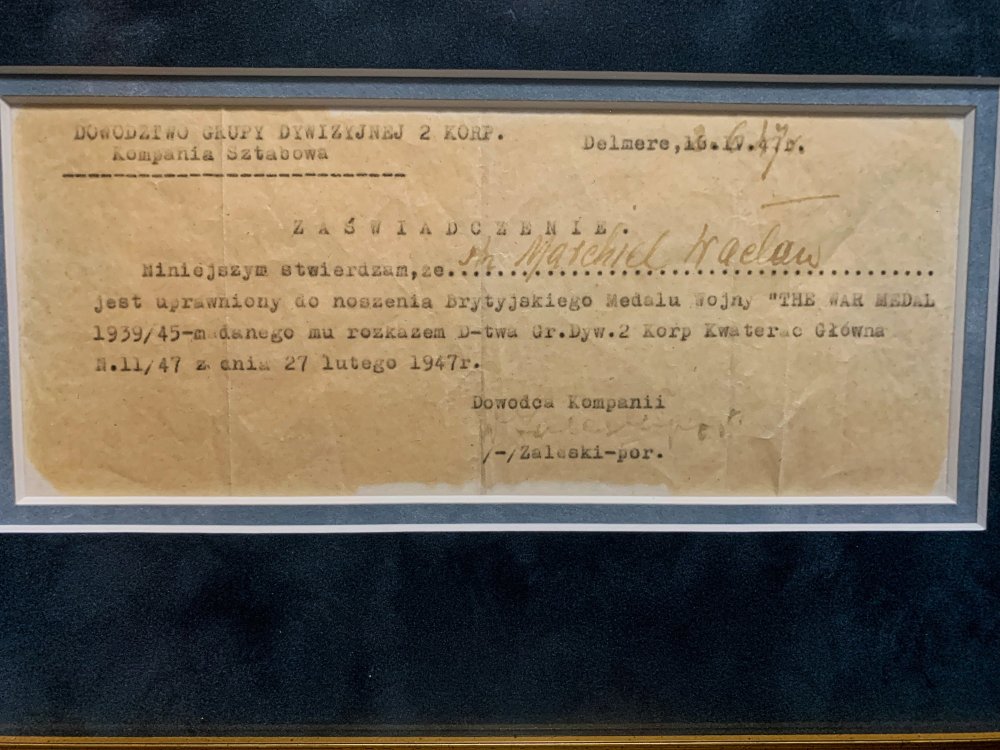
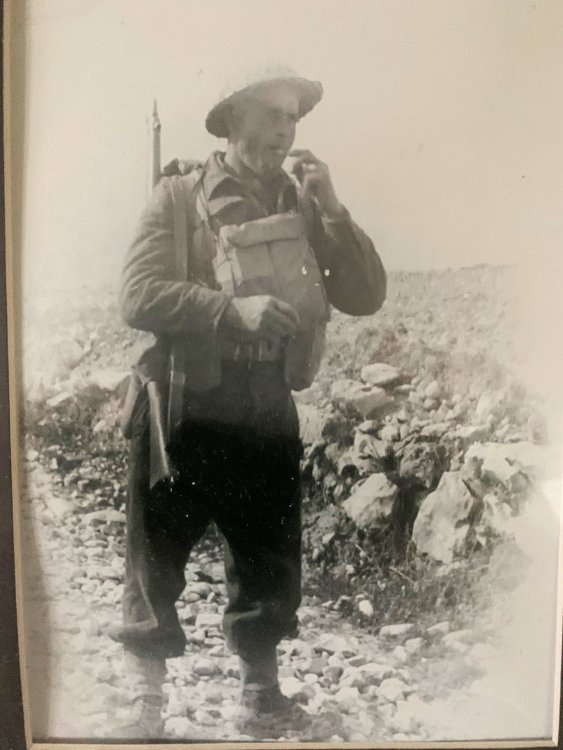
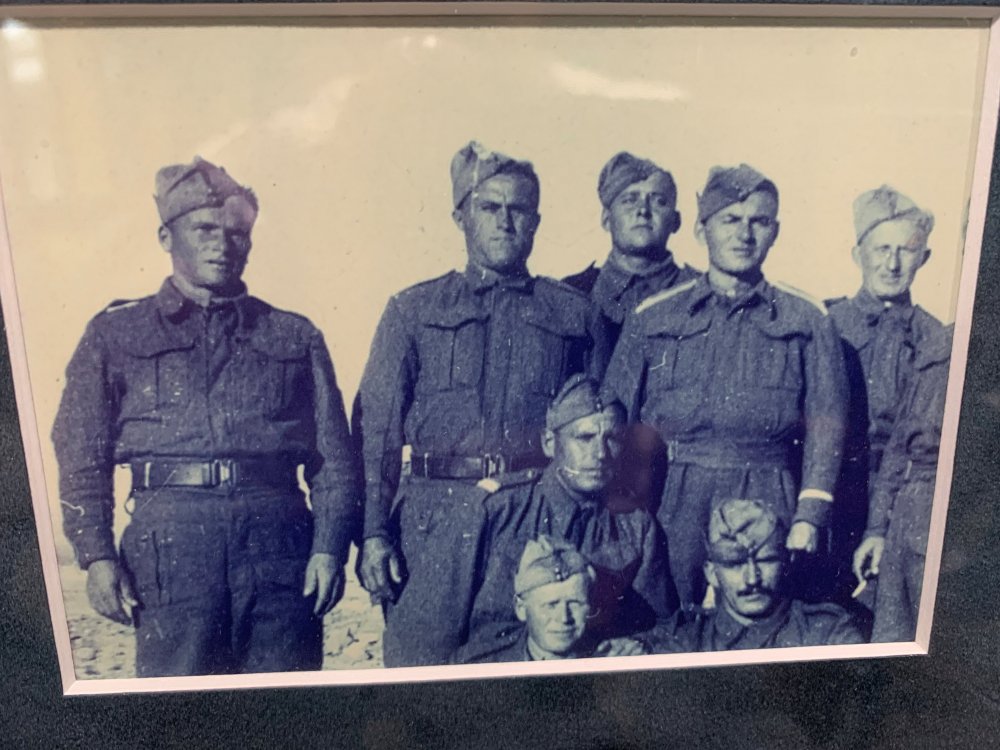
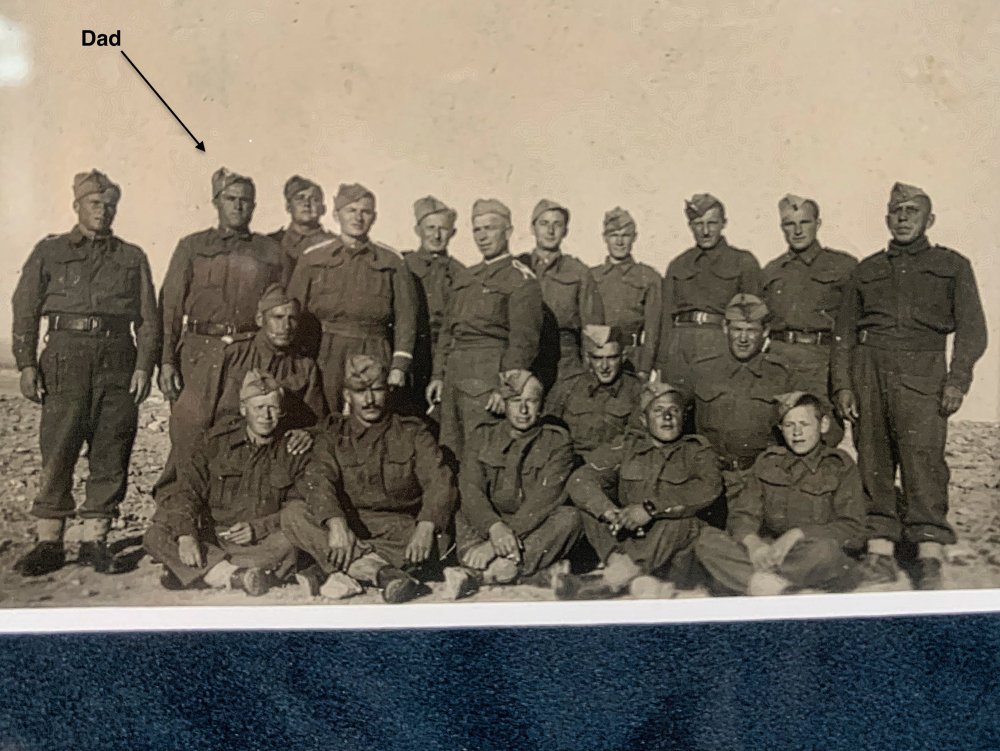
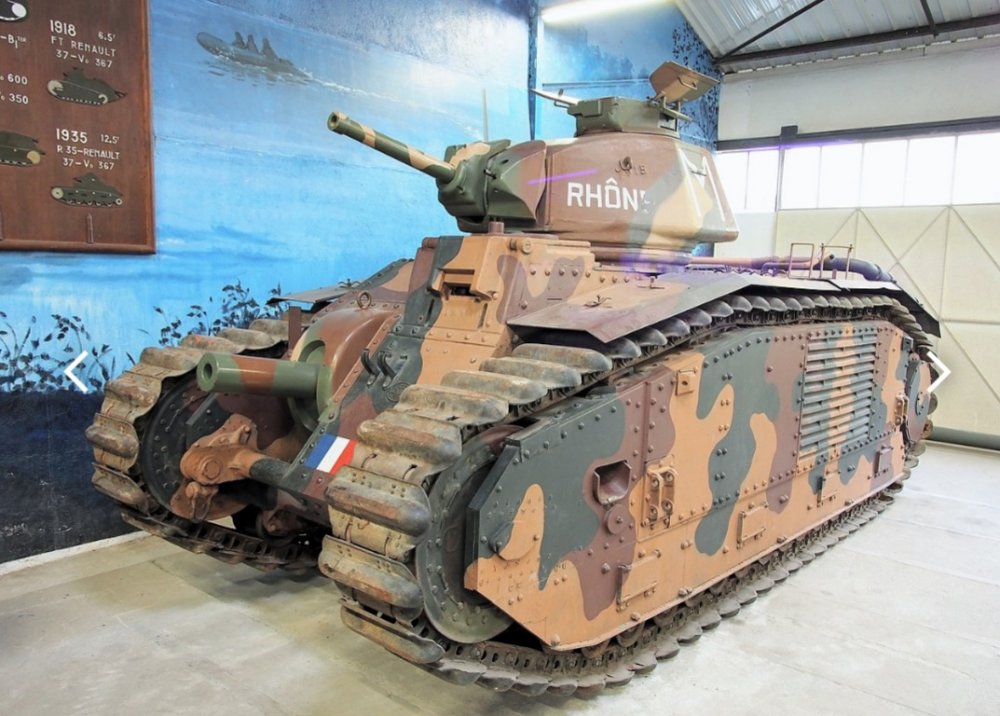
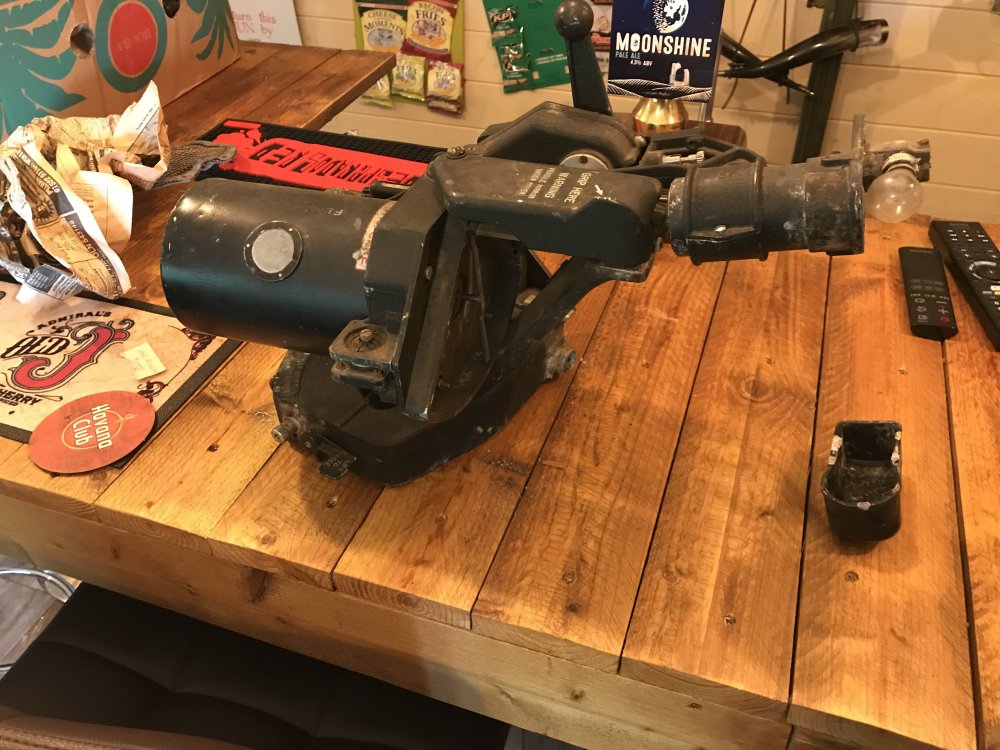
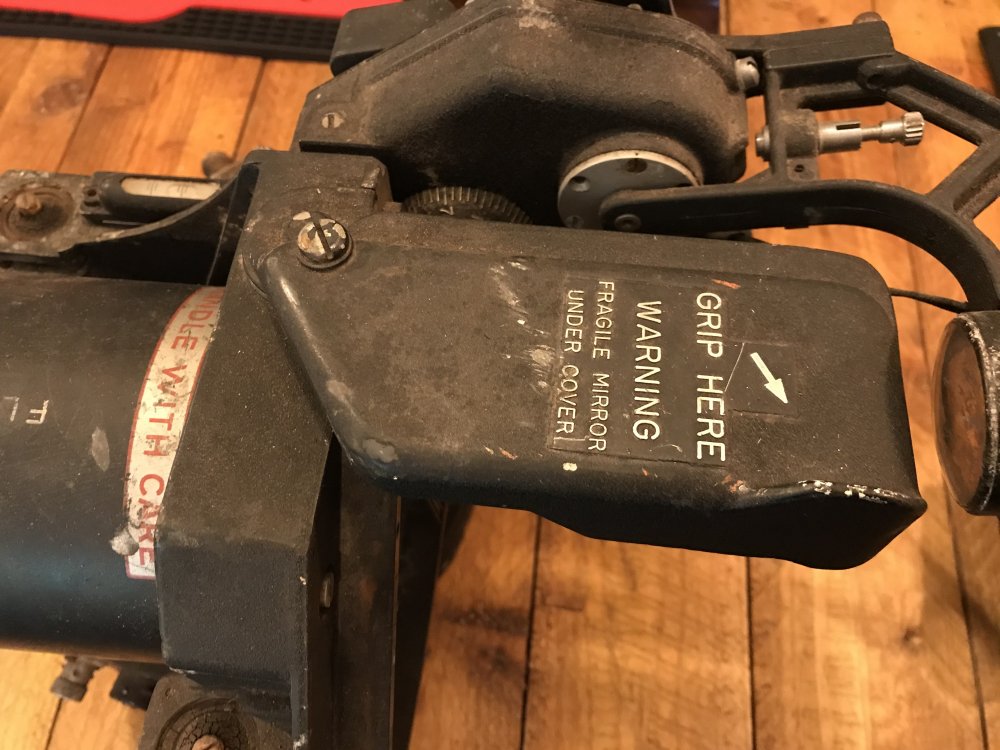
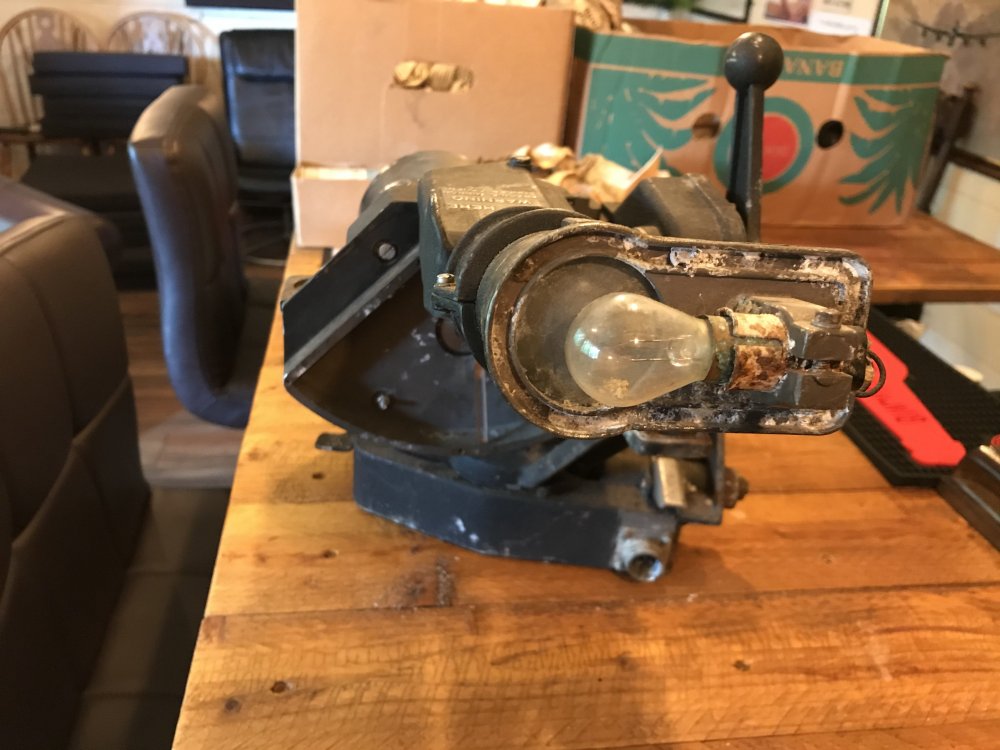
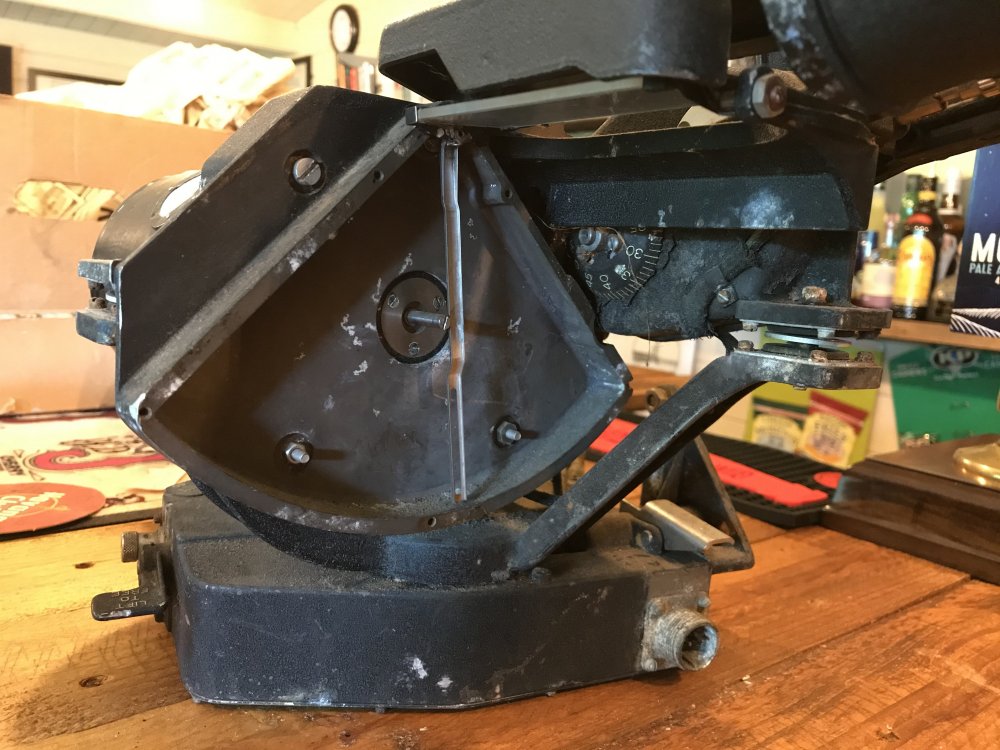
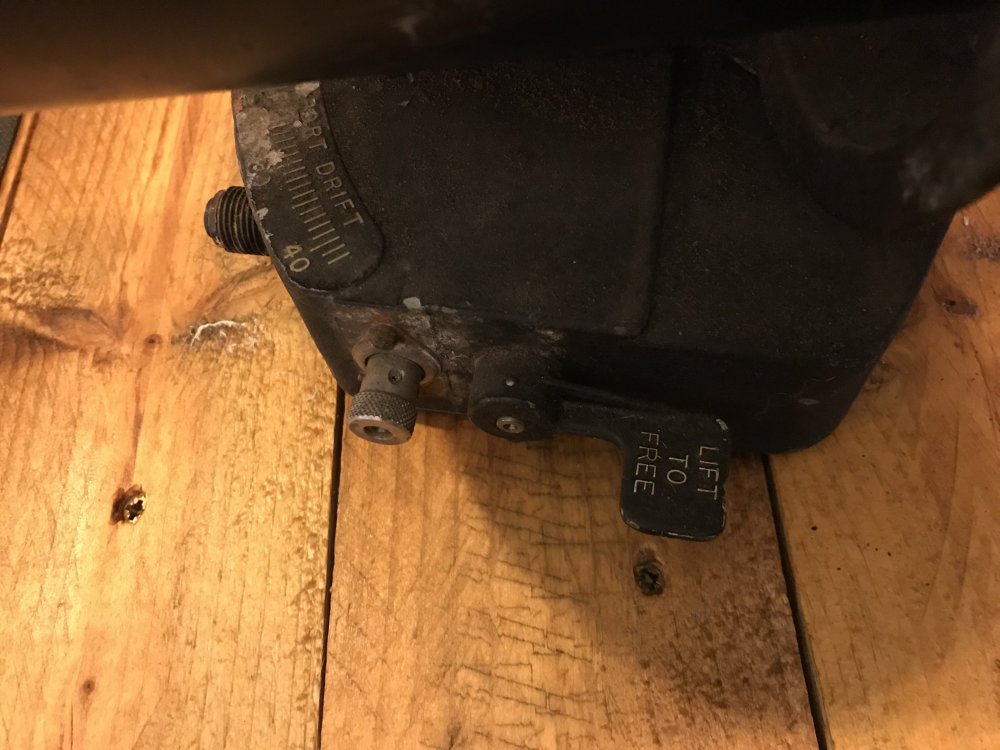
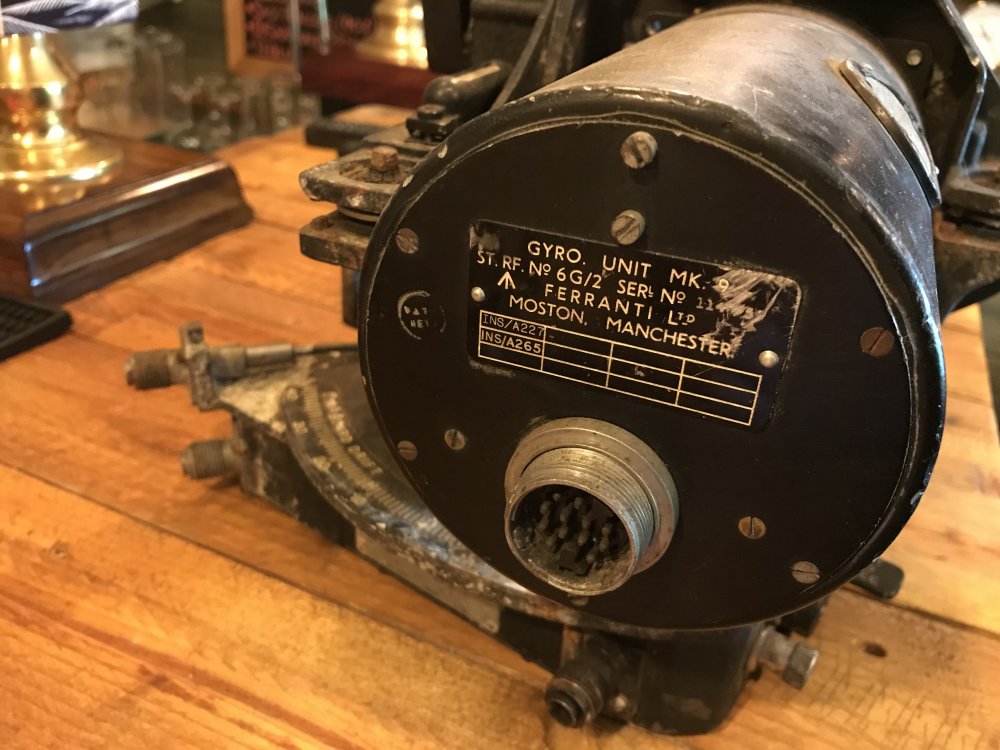
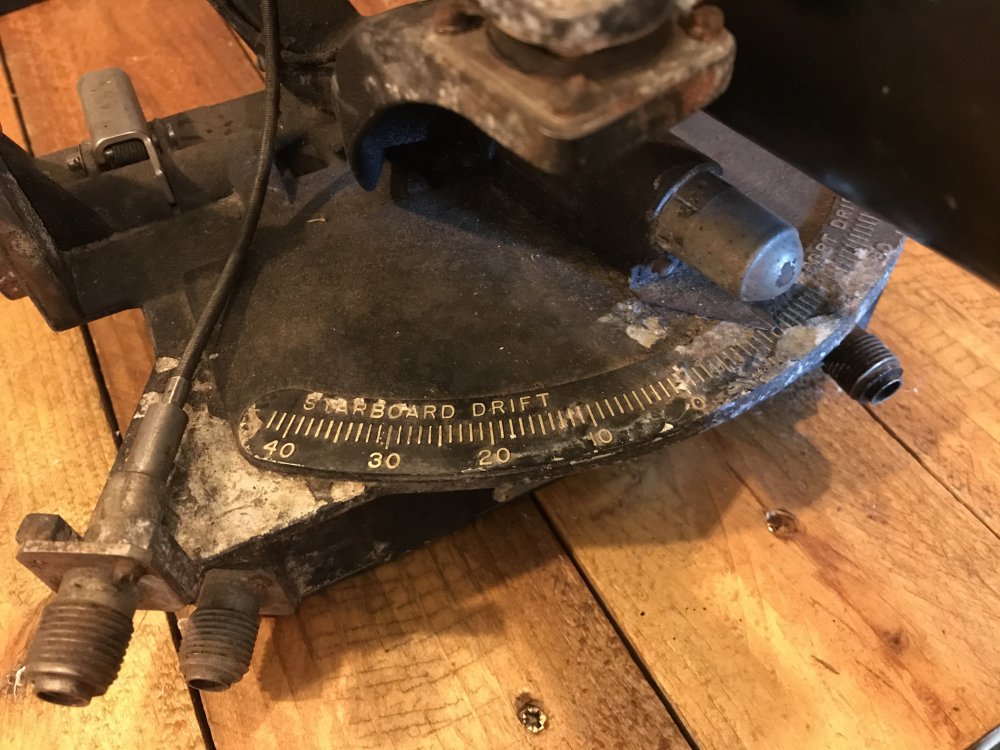
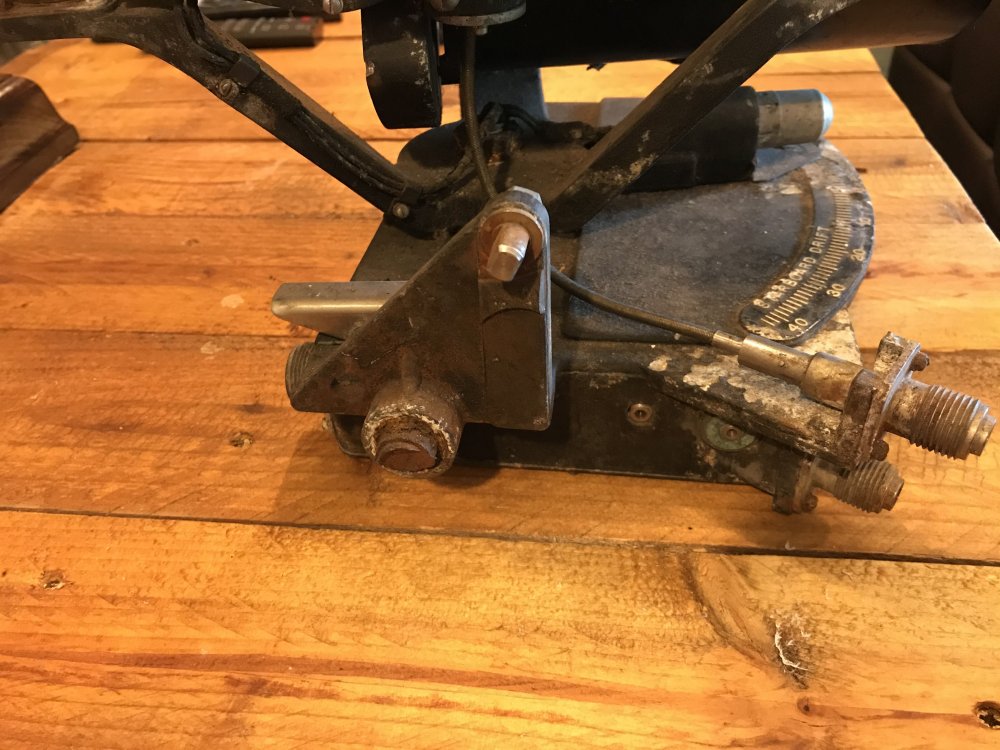
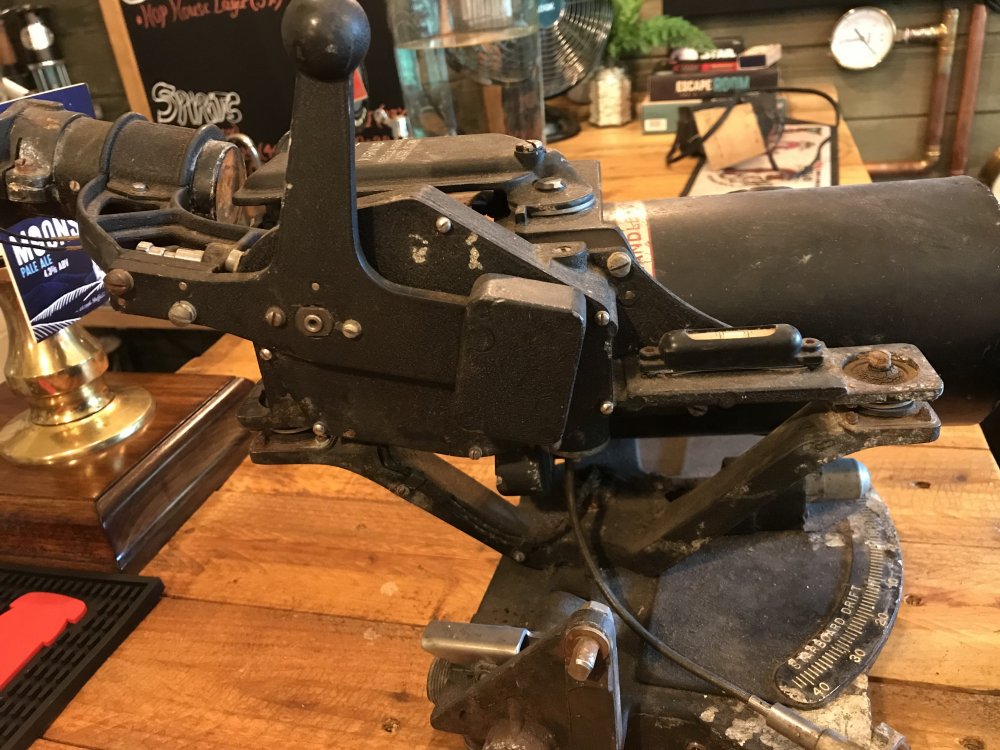
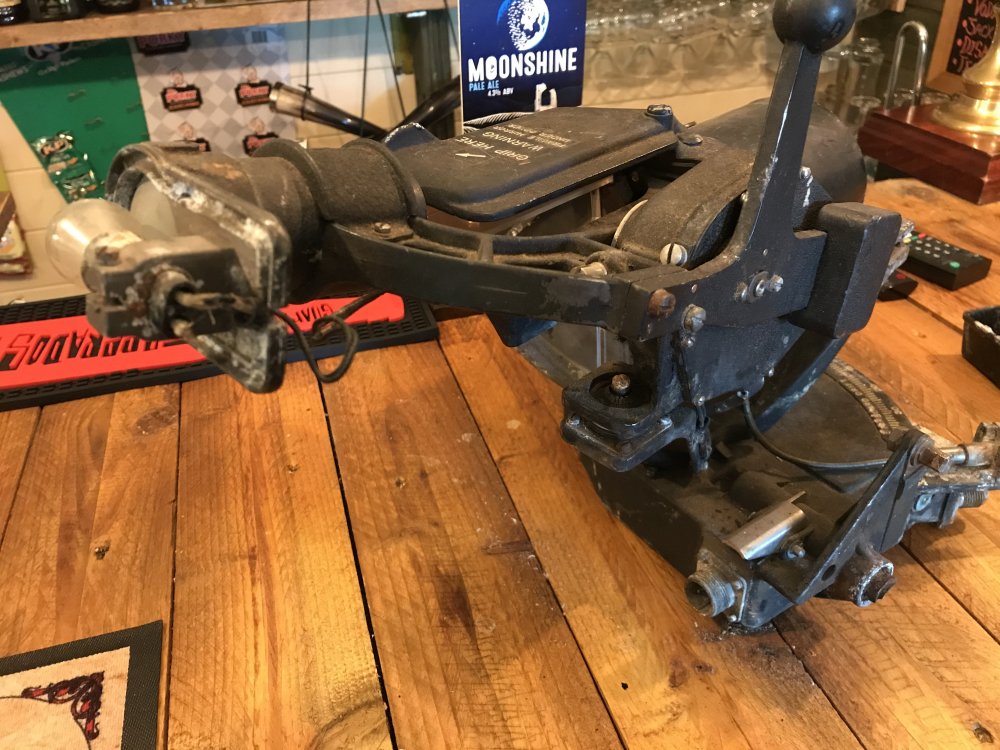
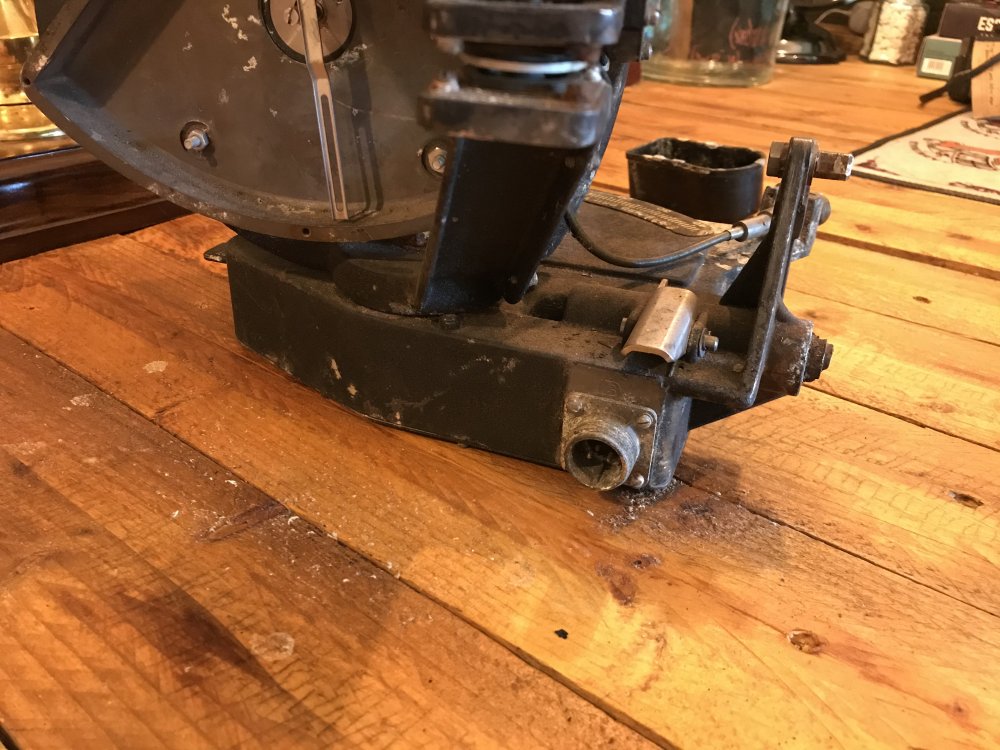
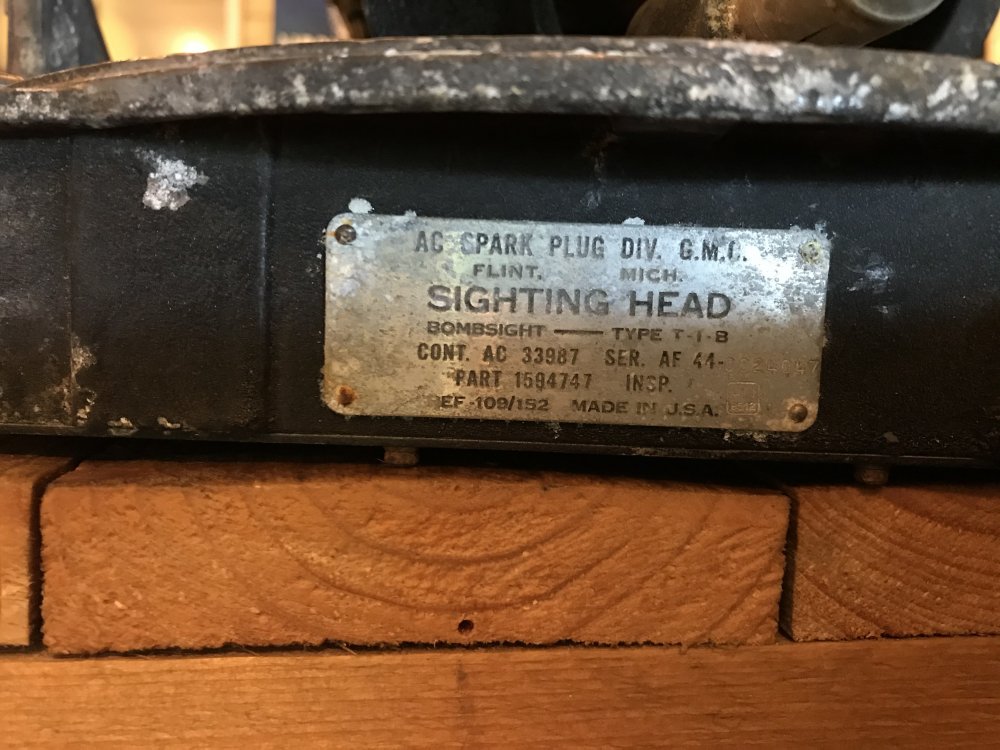
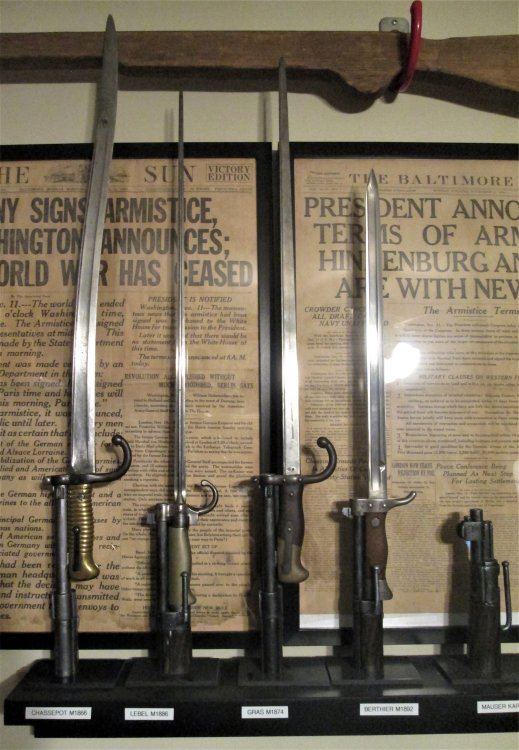
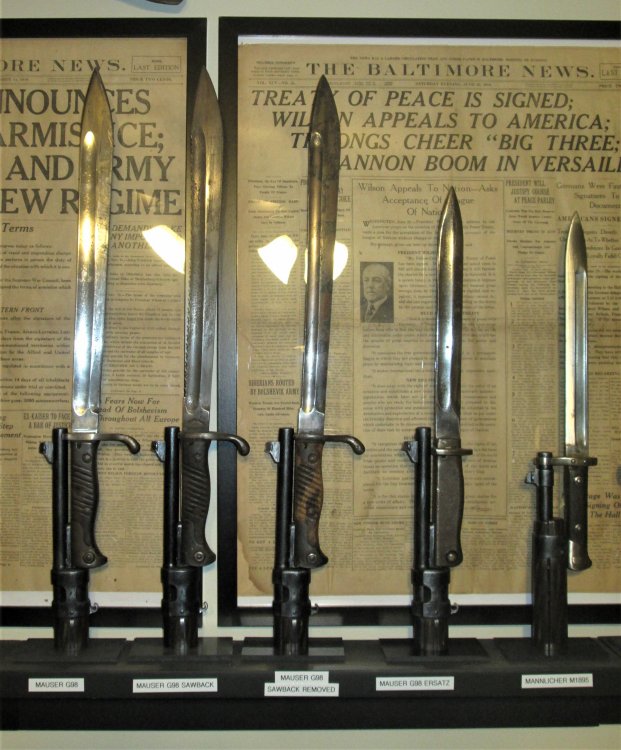
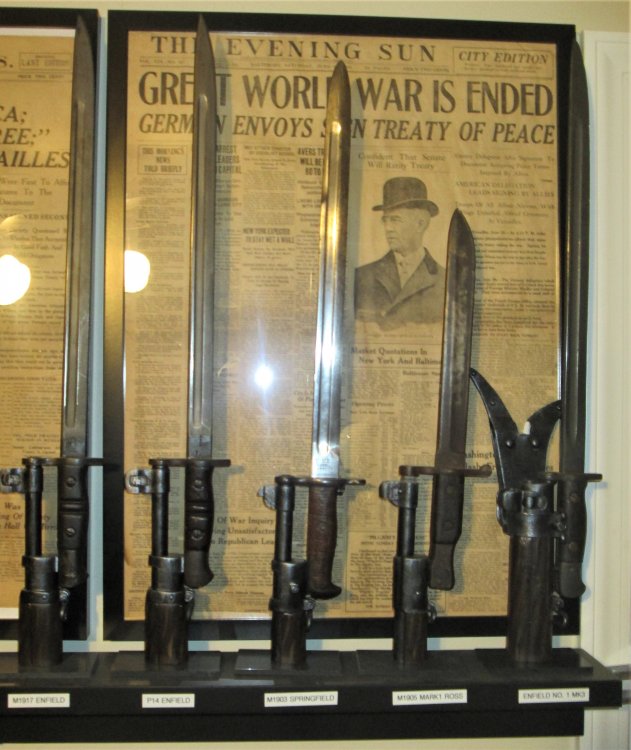
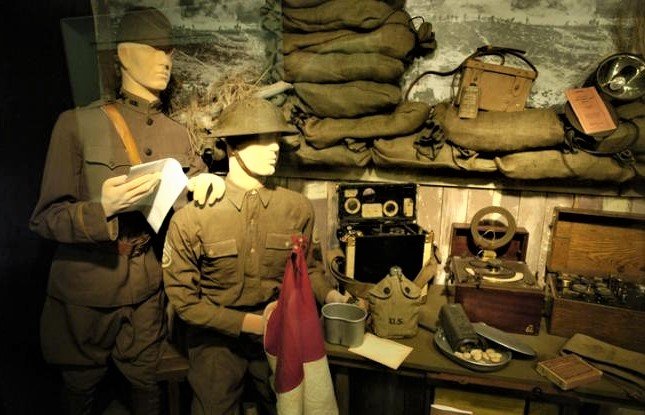

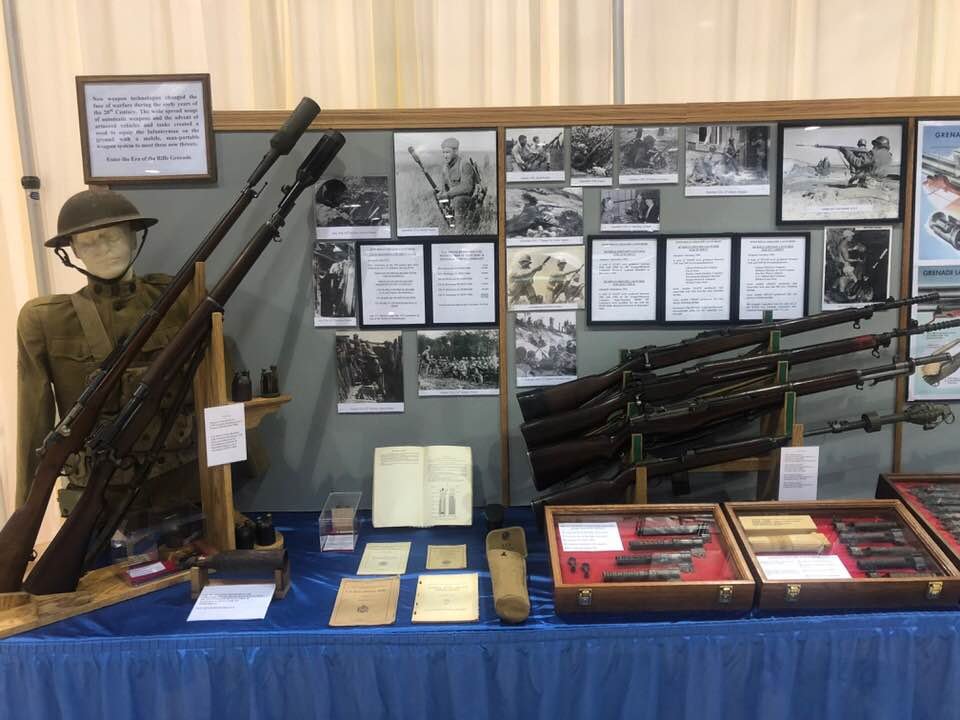
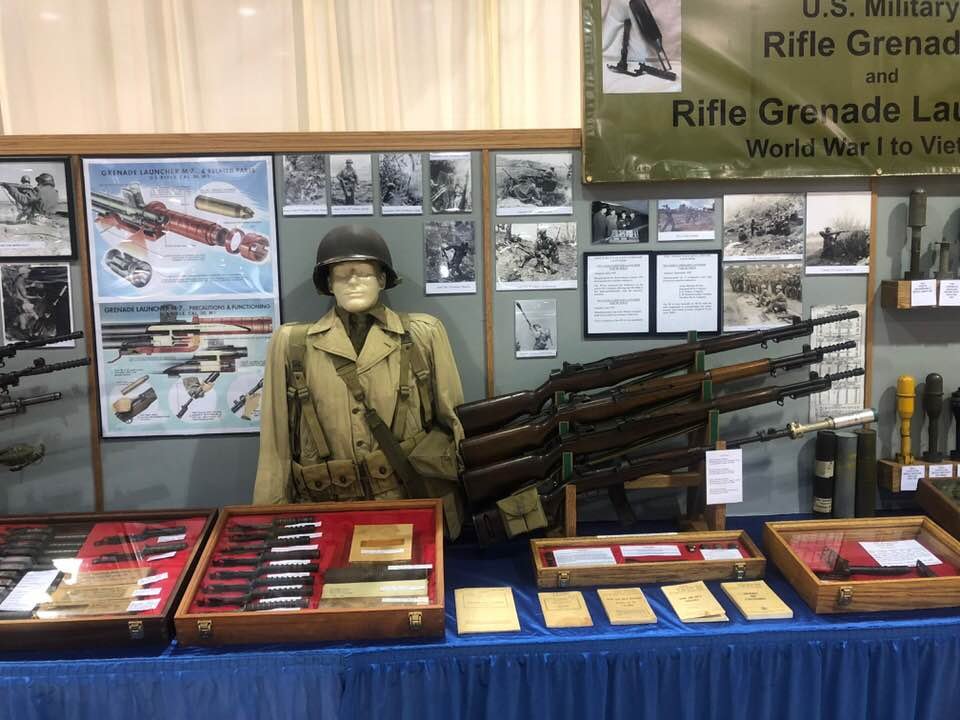
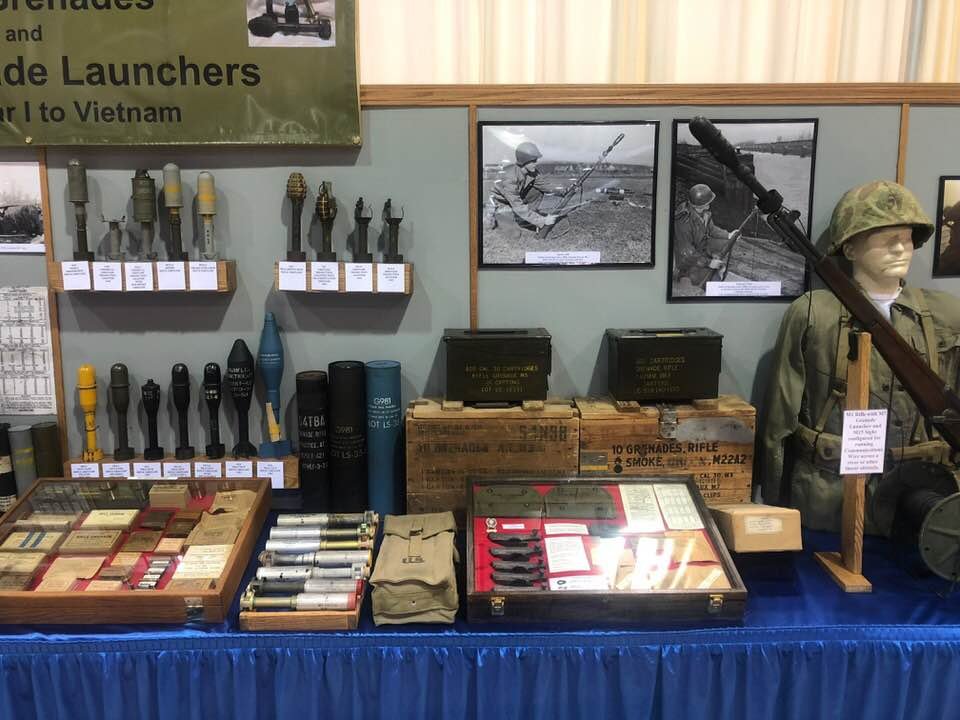
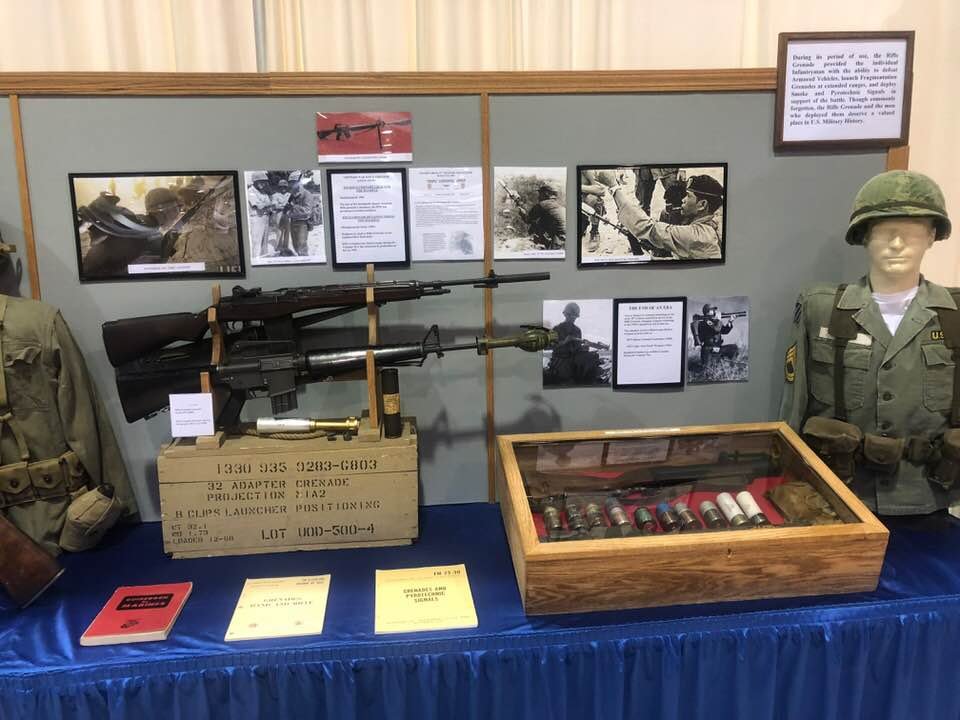
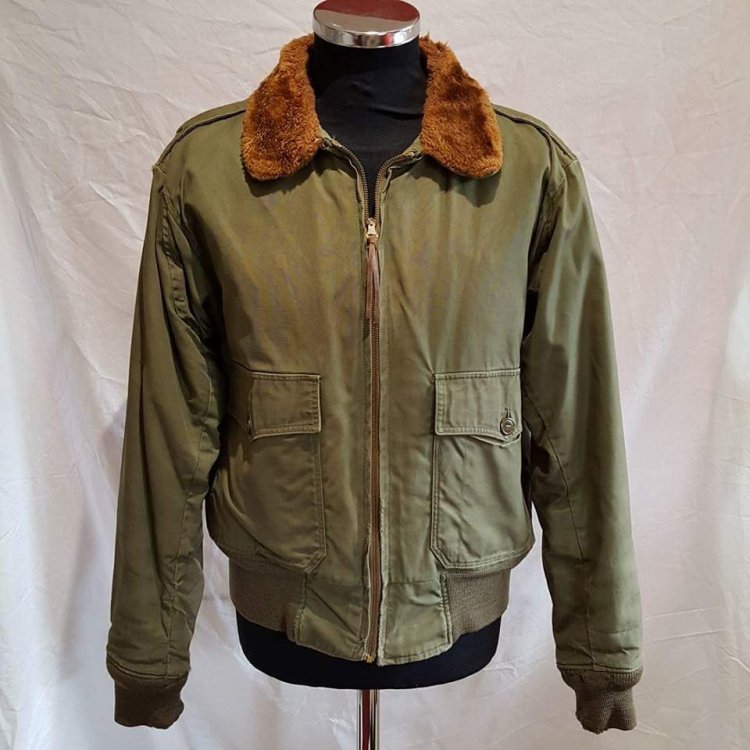
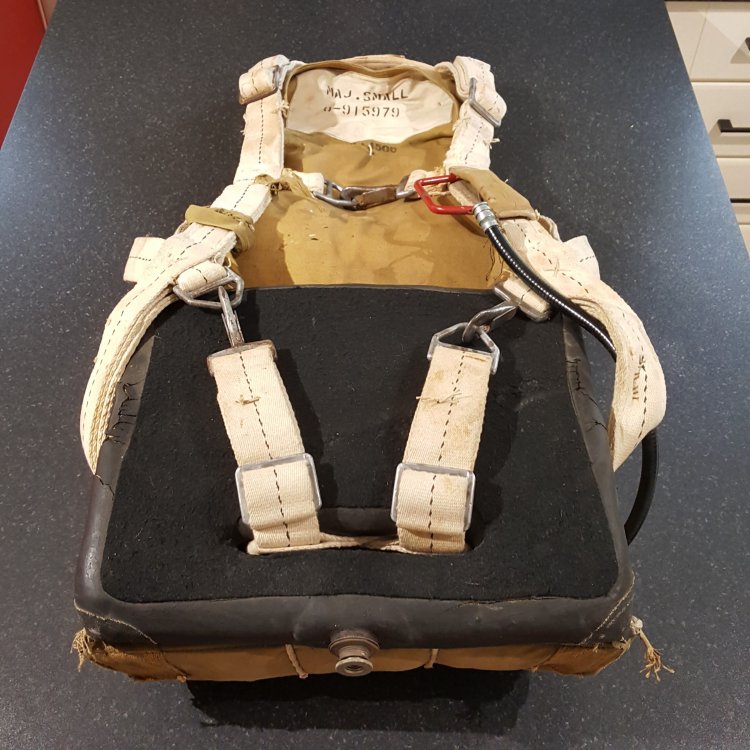
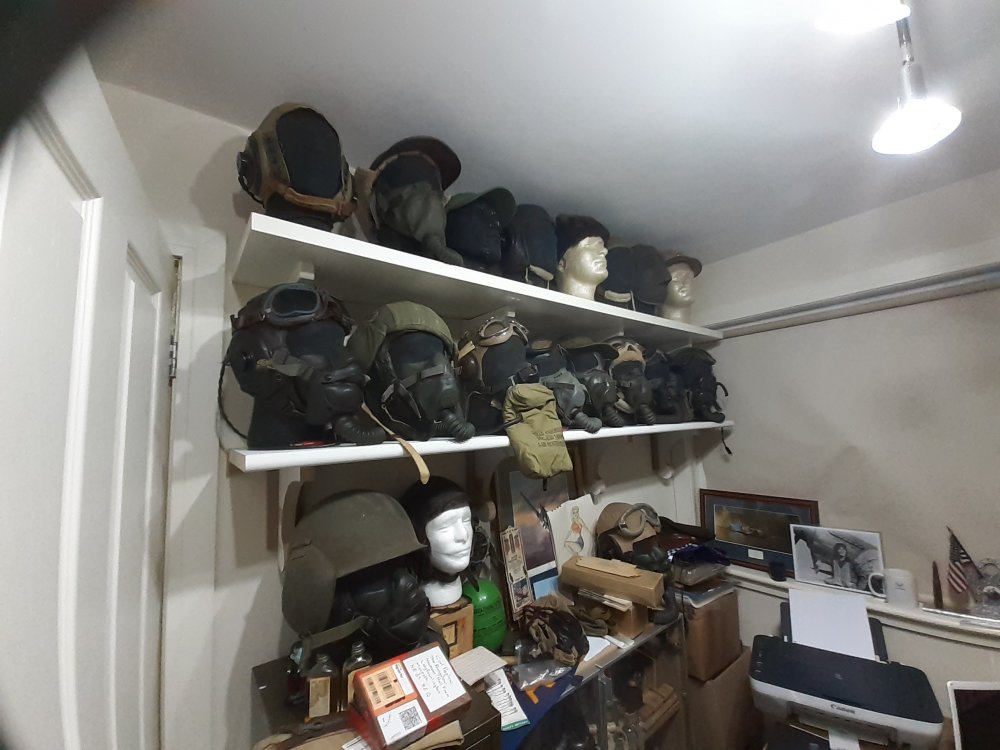
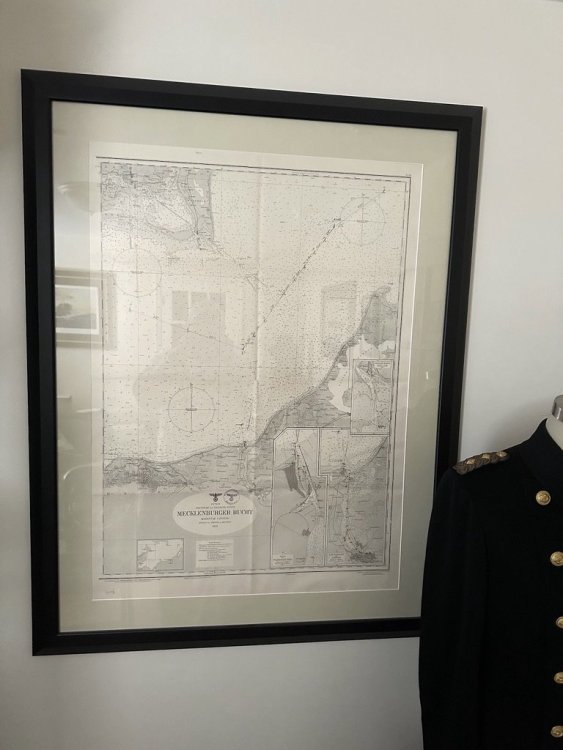
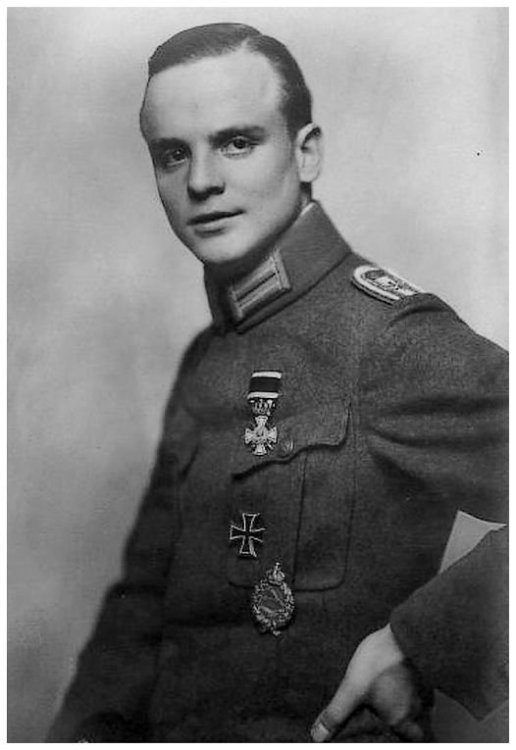
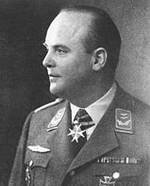
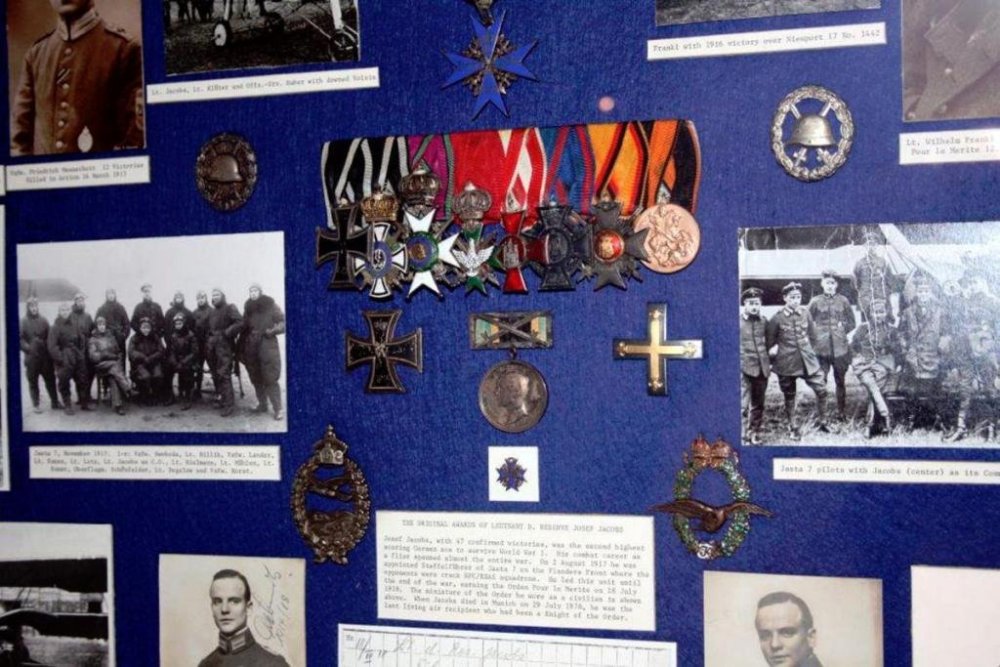
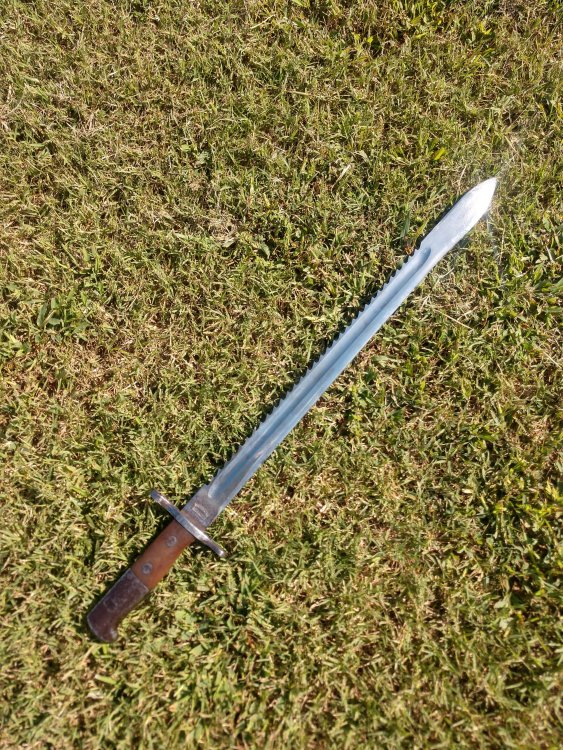
.thumb.jpg.1246e0f64bfb7c2966d95fe6a0857cb2.jpg)
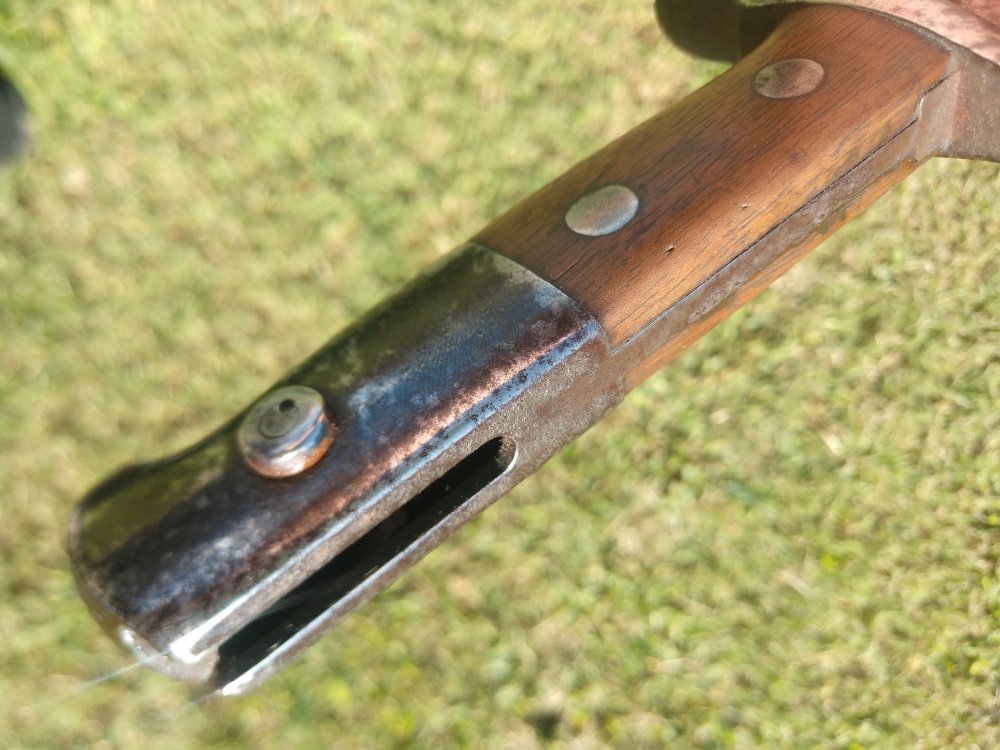
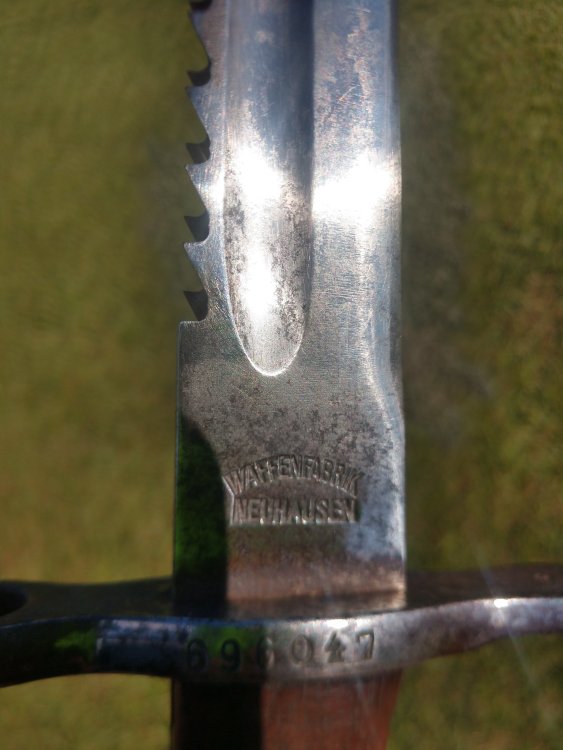
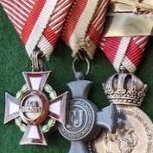
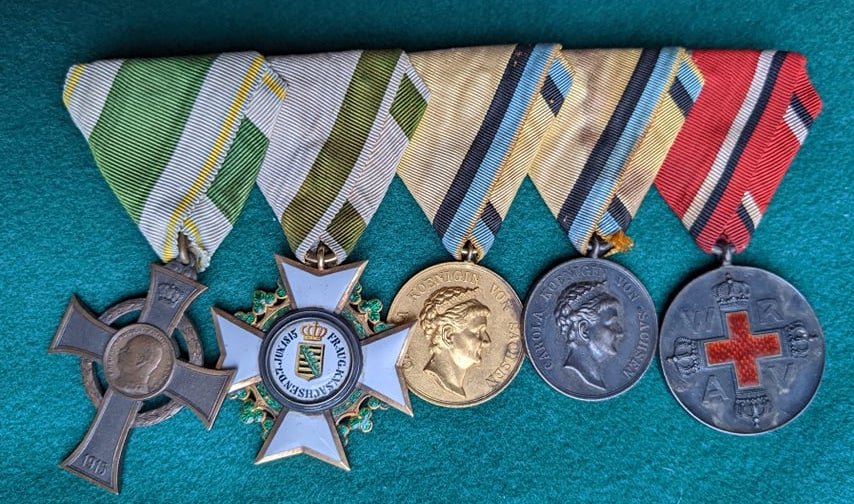
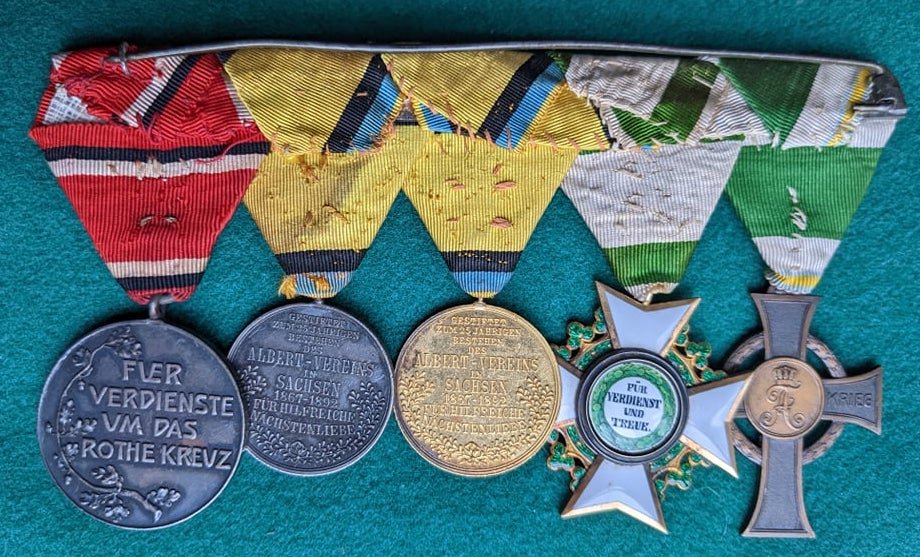
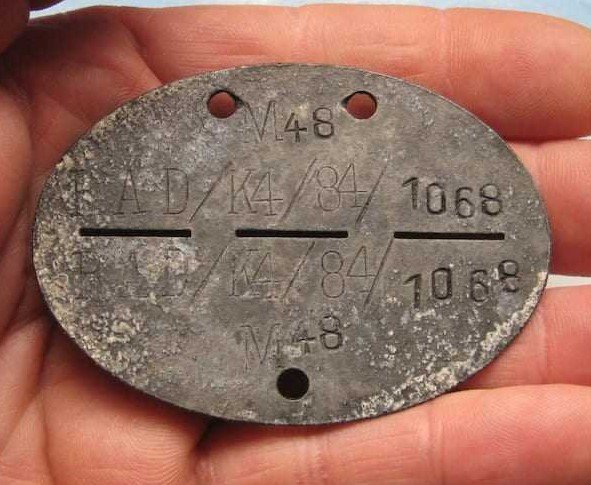
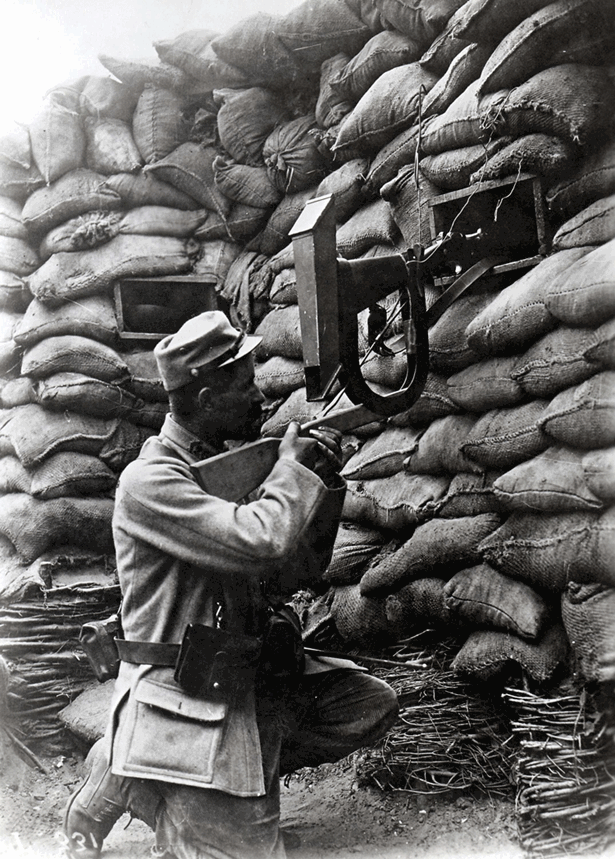
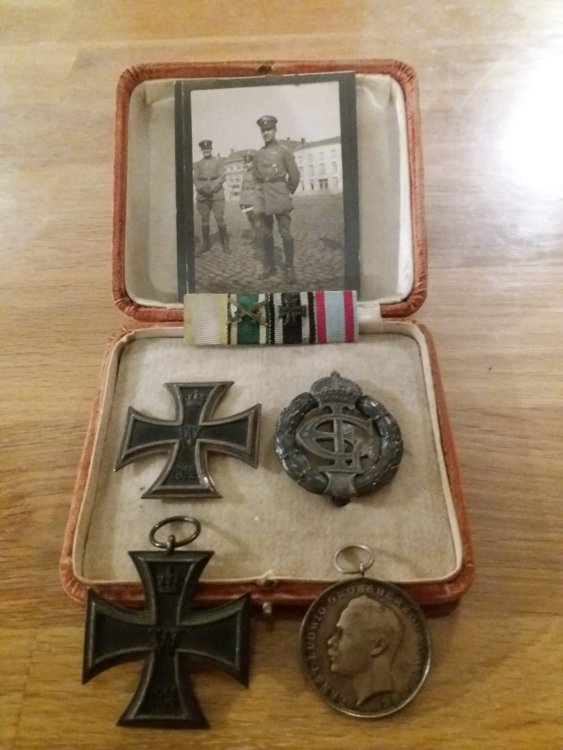
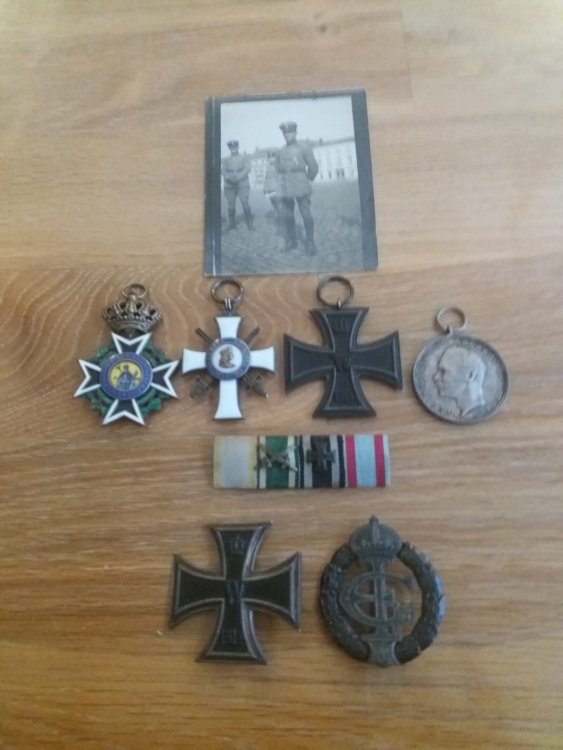
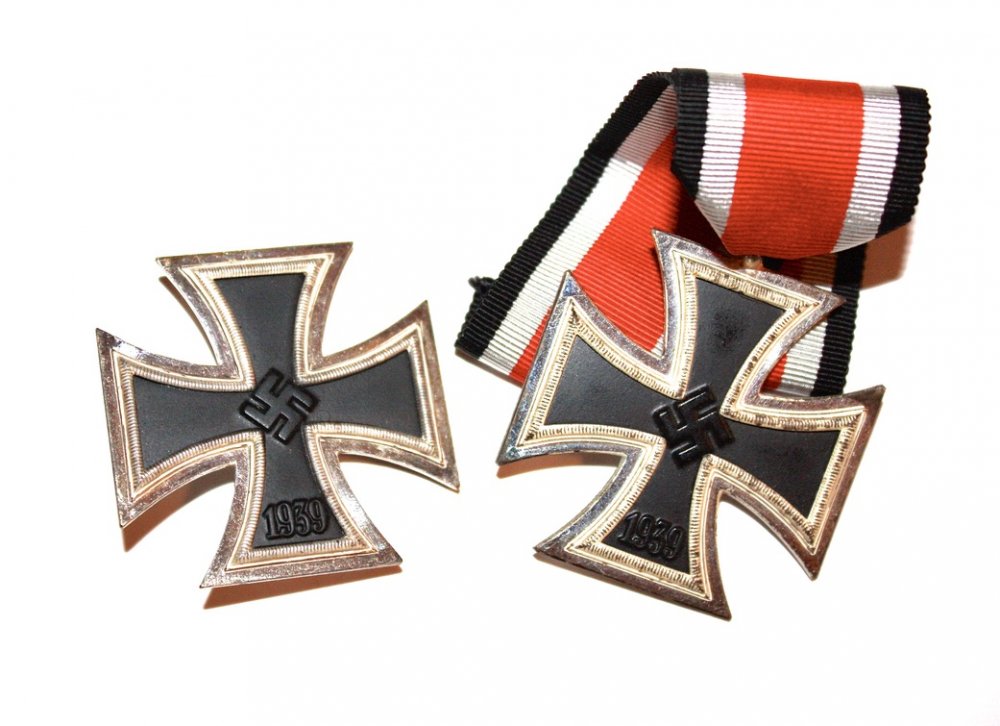
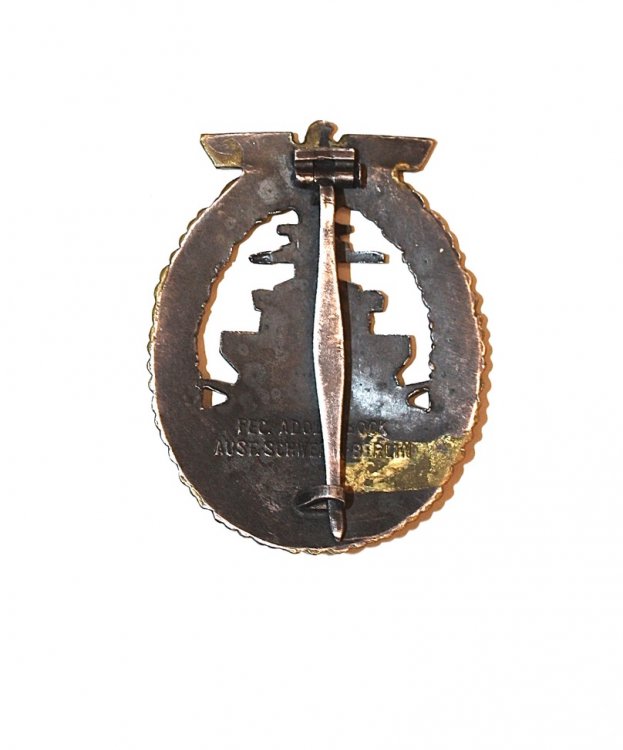
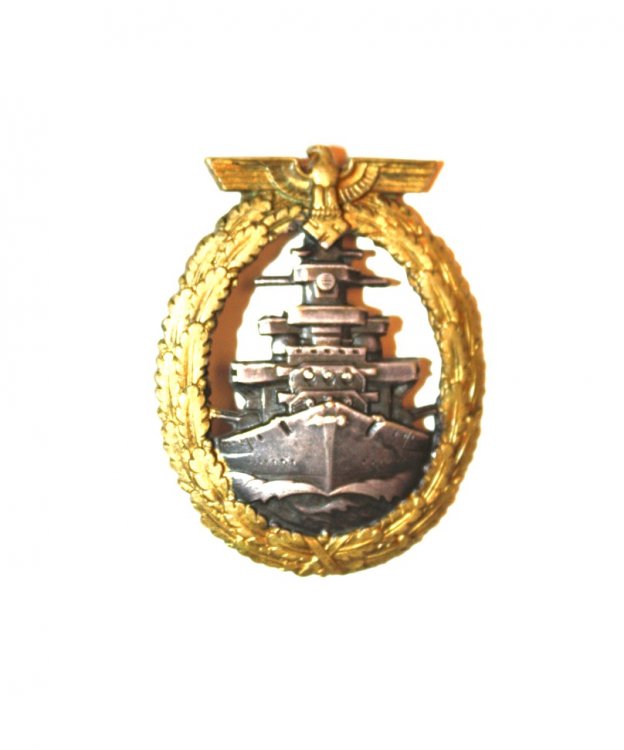
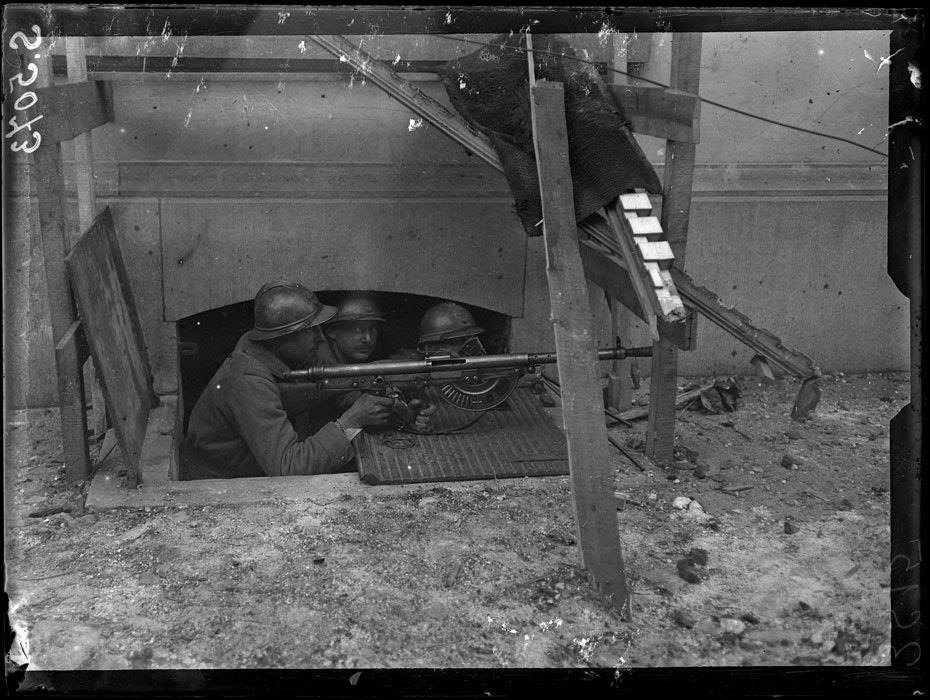
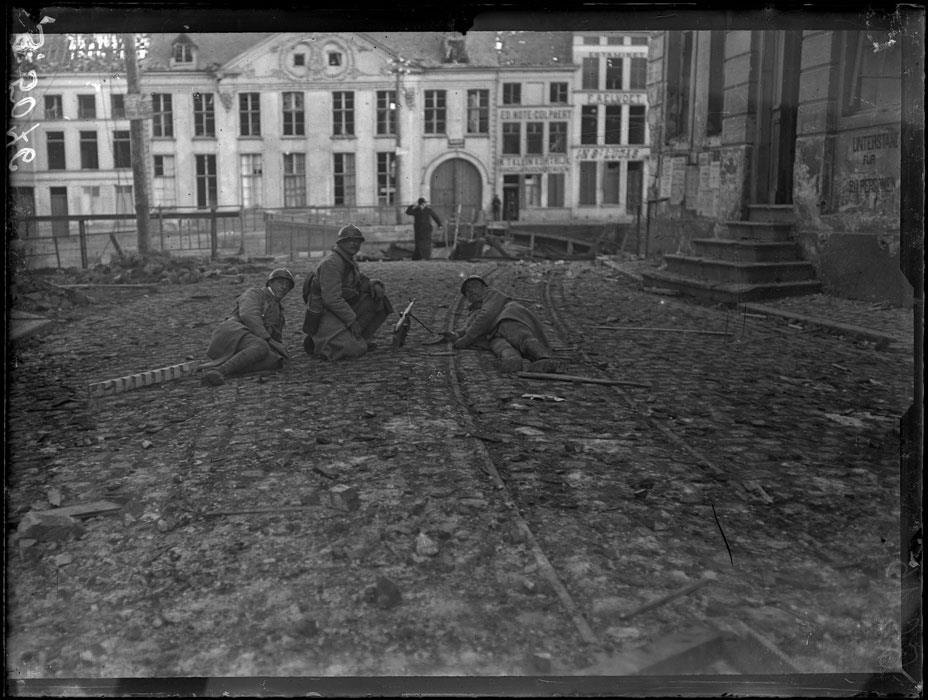

.jpg.7628bcec23ec70c8a3f25b30b6eb716e.jpg)
.jpg.82e8fb94a3e2cb7cf8b789aaf5daf320.jpg)
.thumb.jpg.485032d02a907ae36555dccbc032f616.jpg)
.jpg.725411079411c3bc86ae7513bd15c9ed.jpg)
